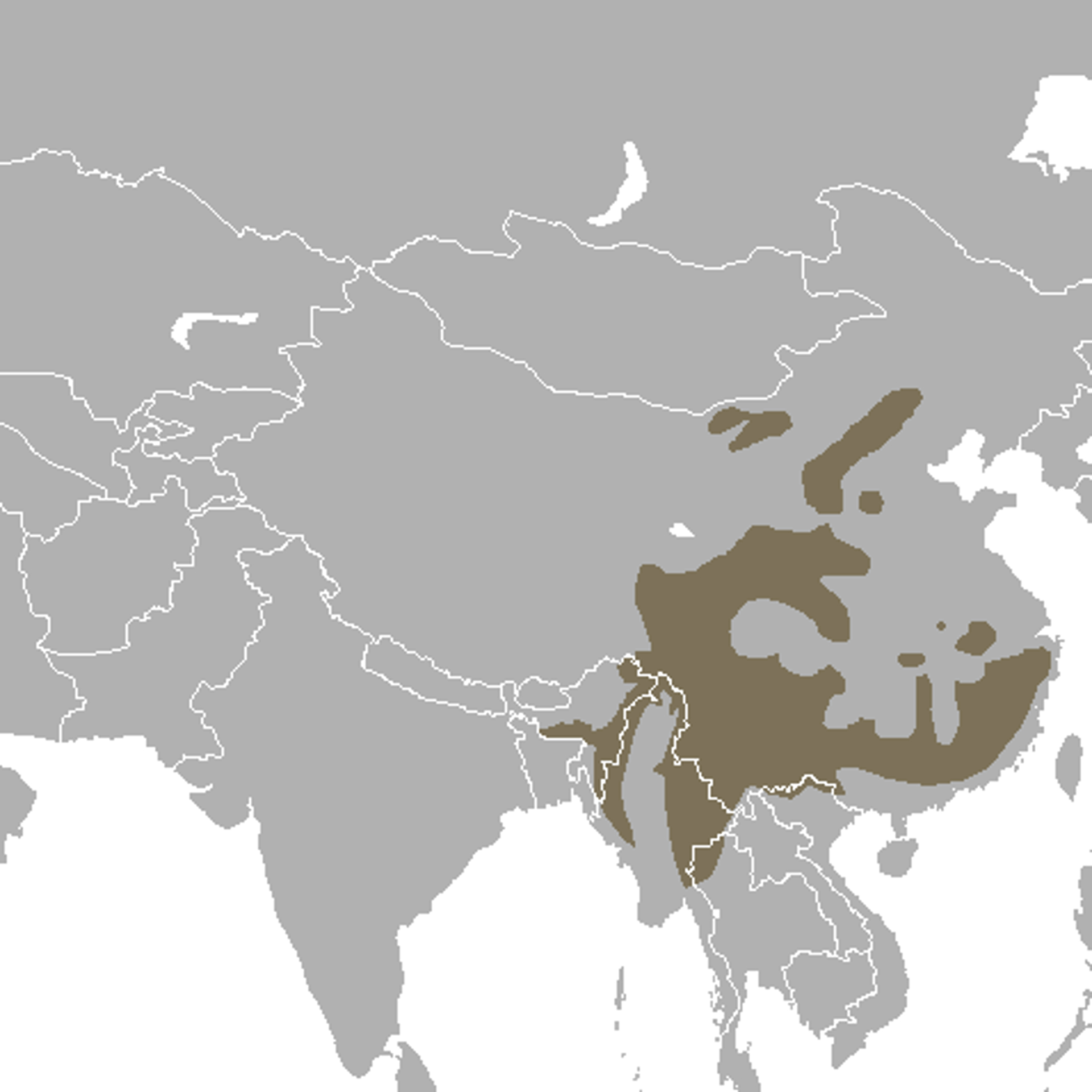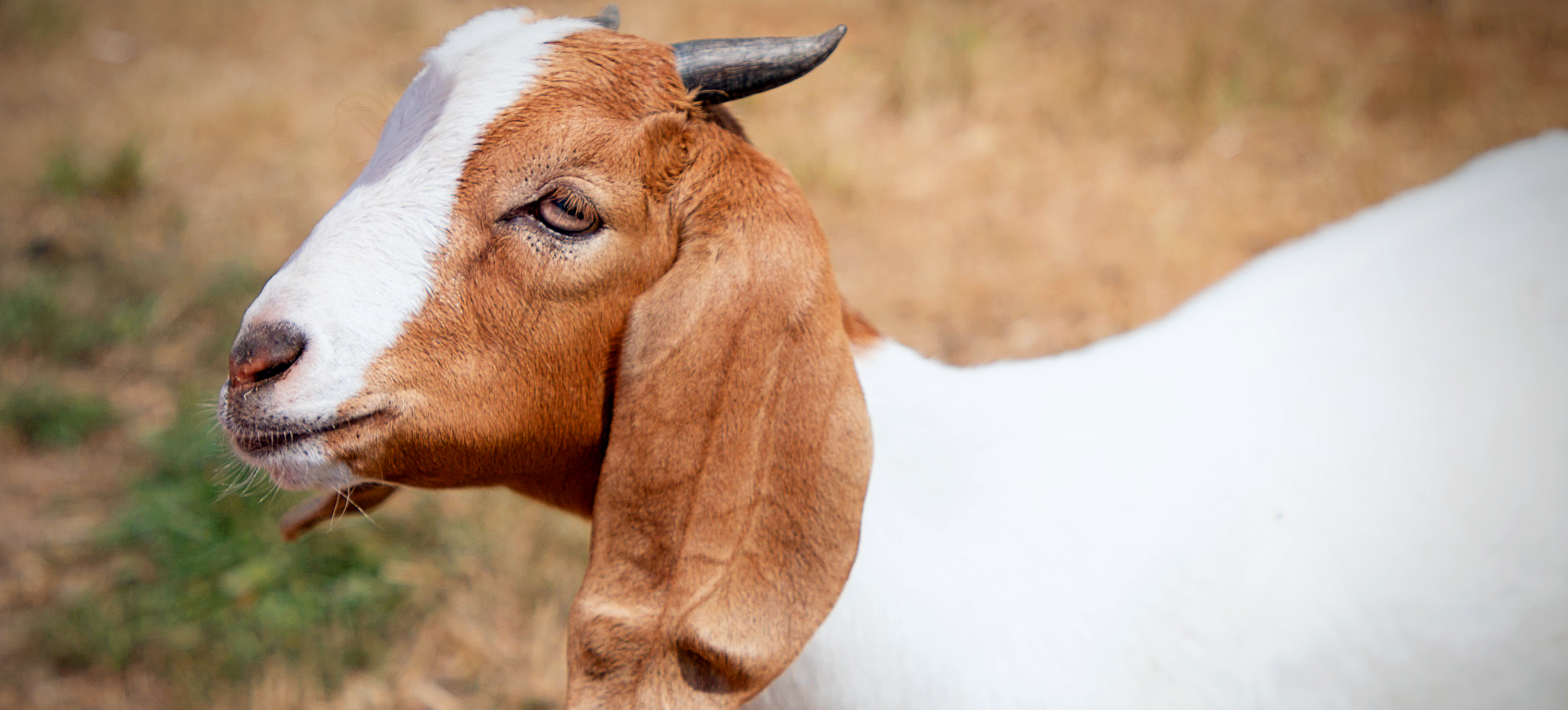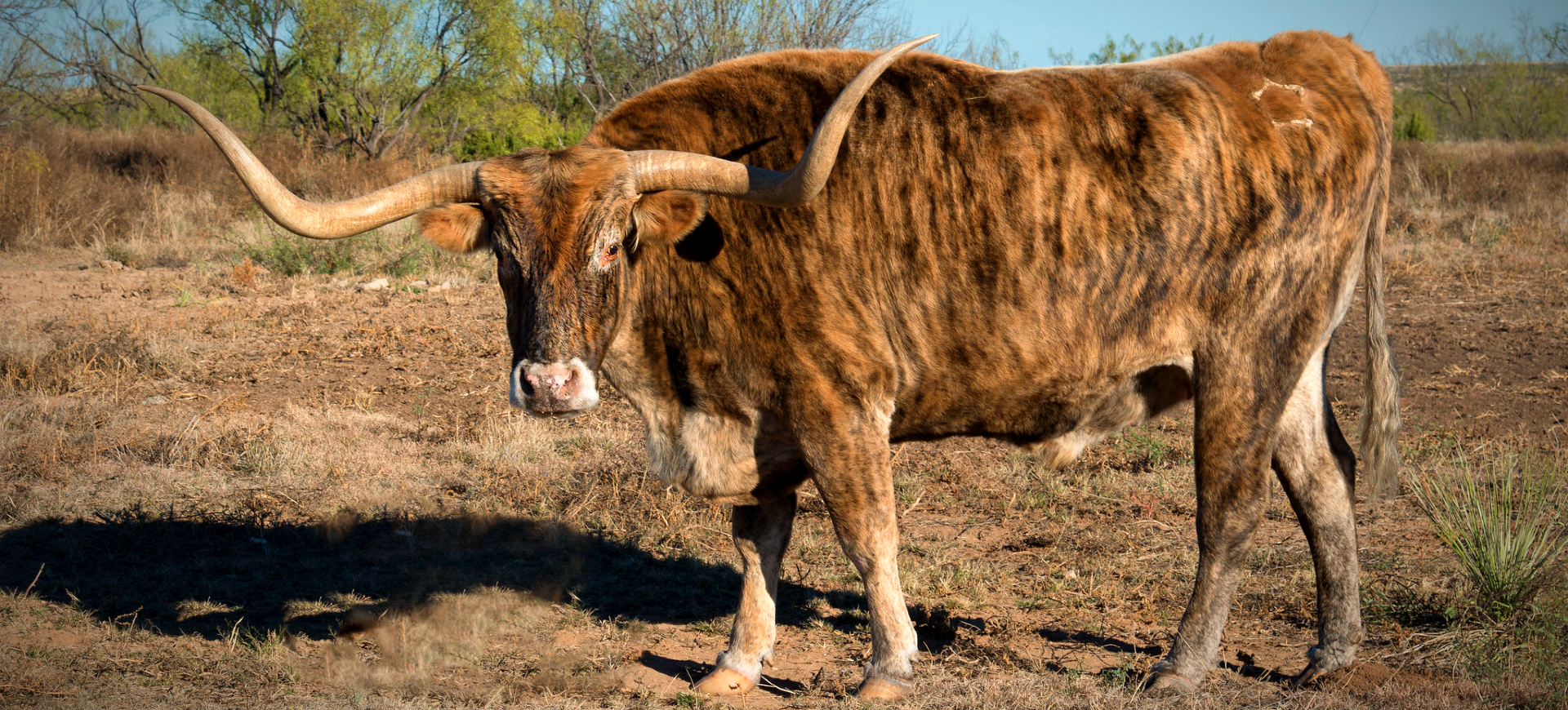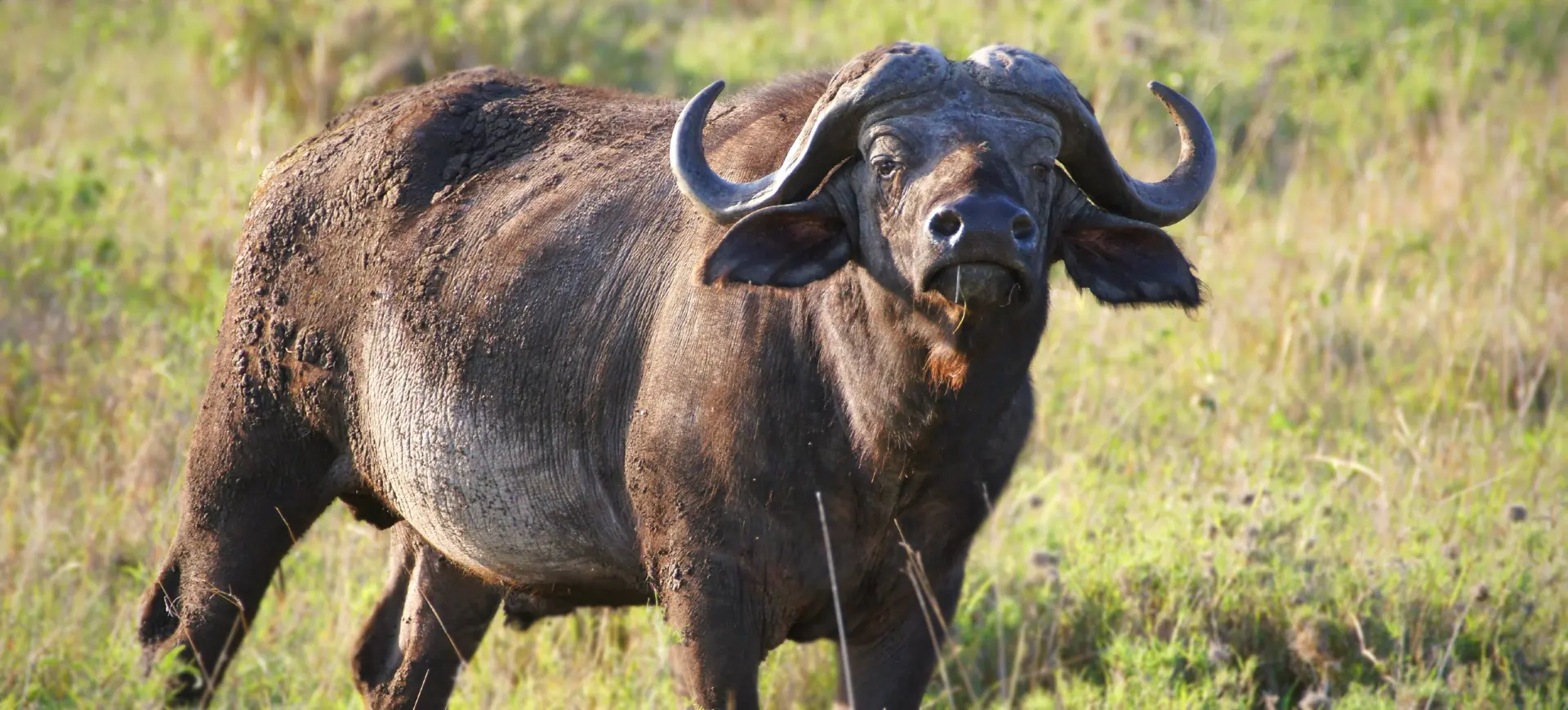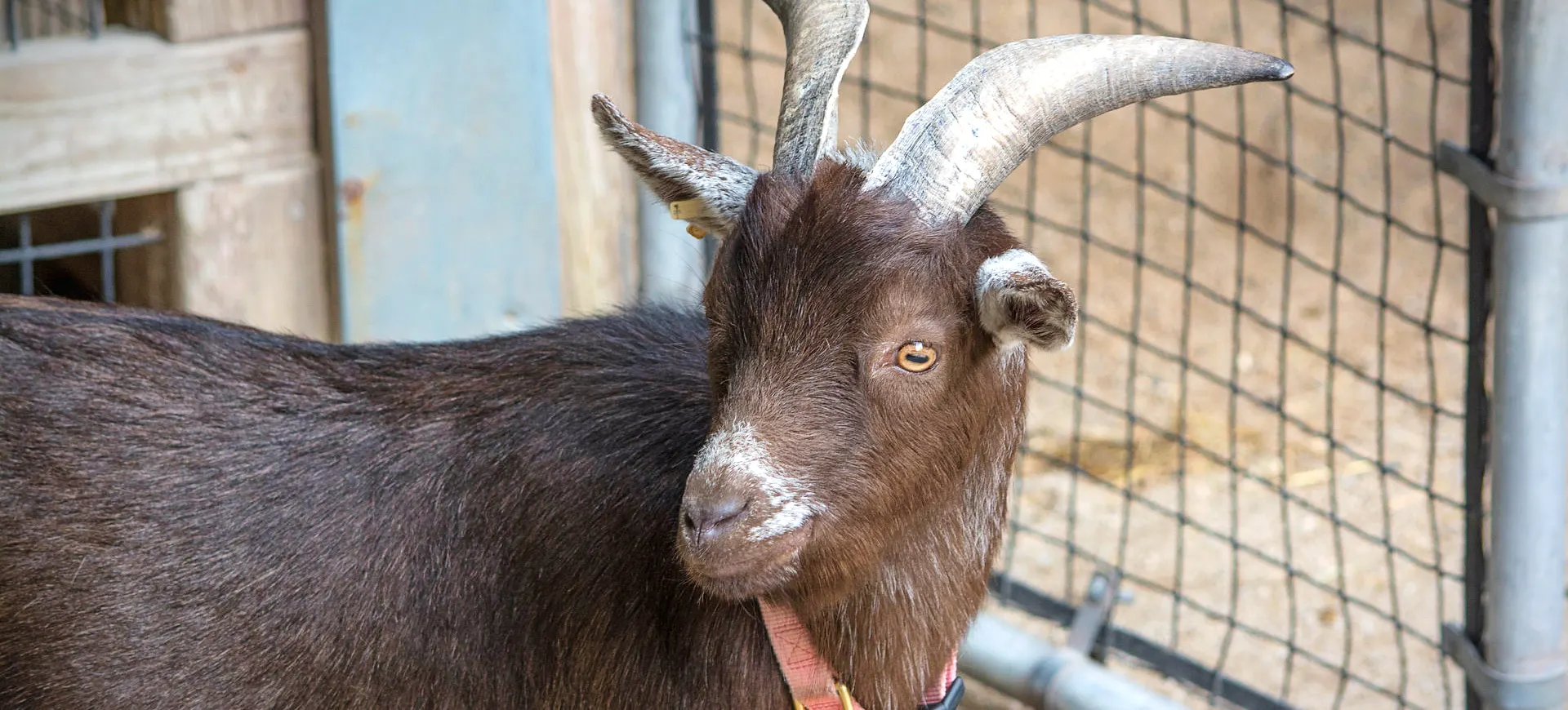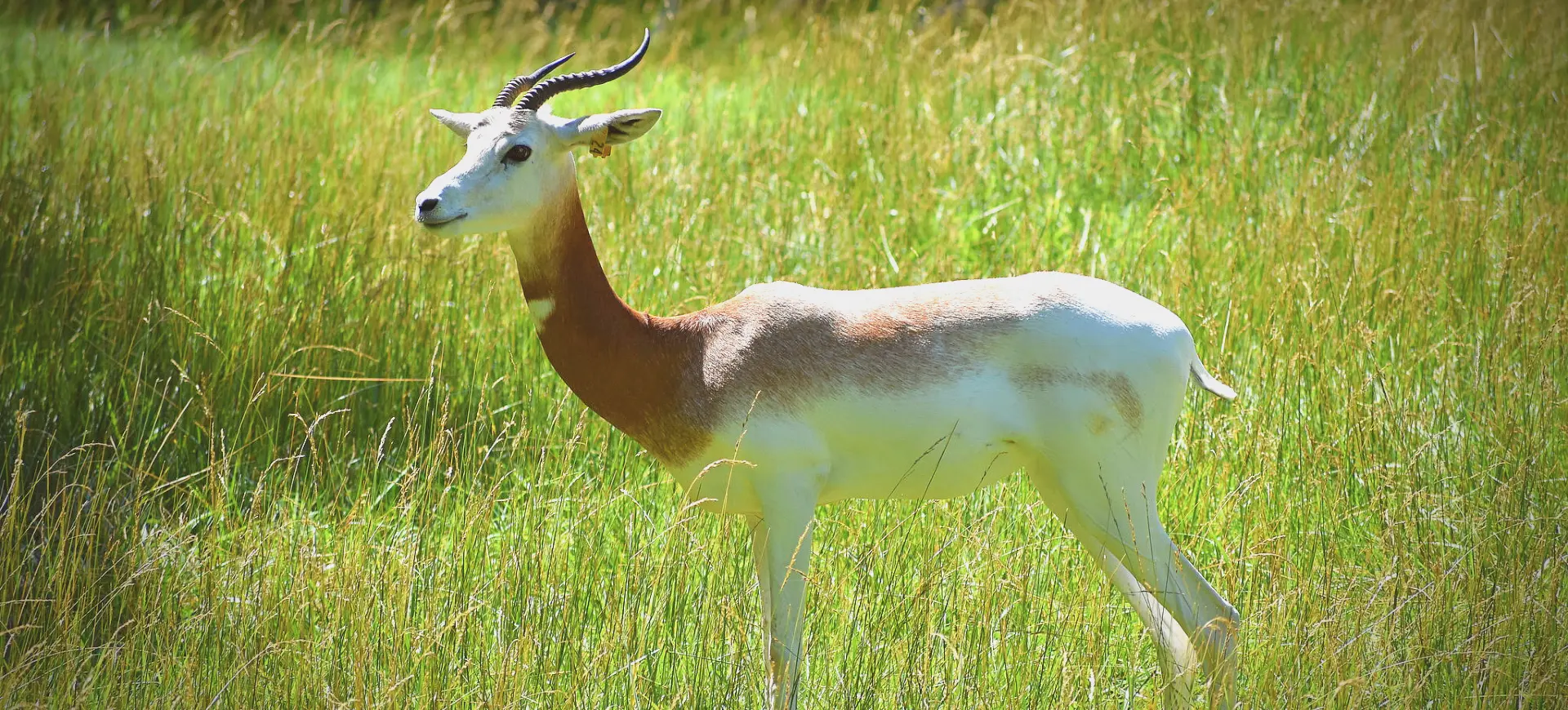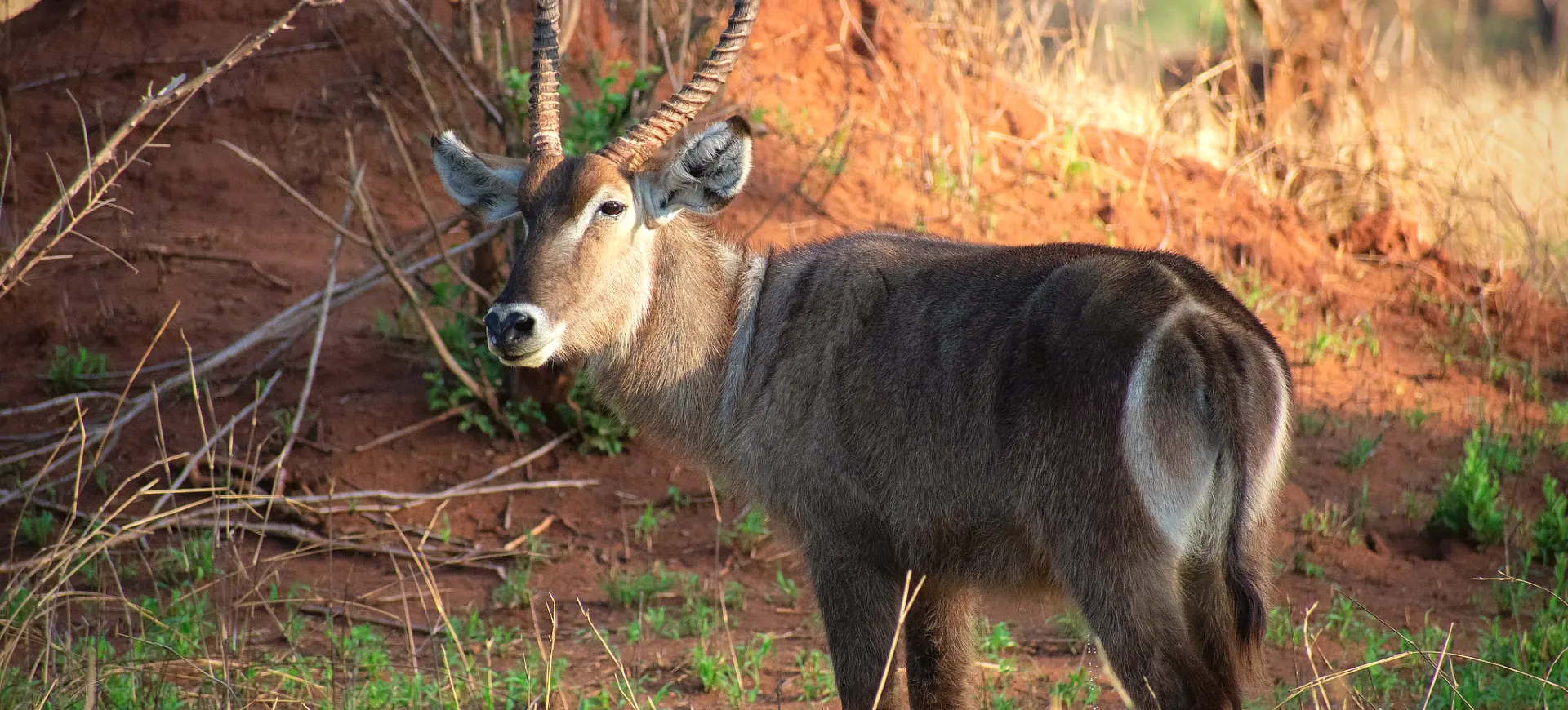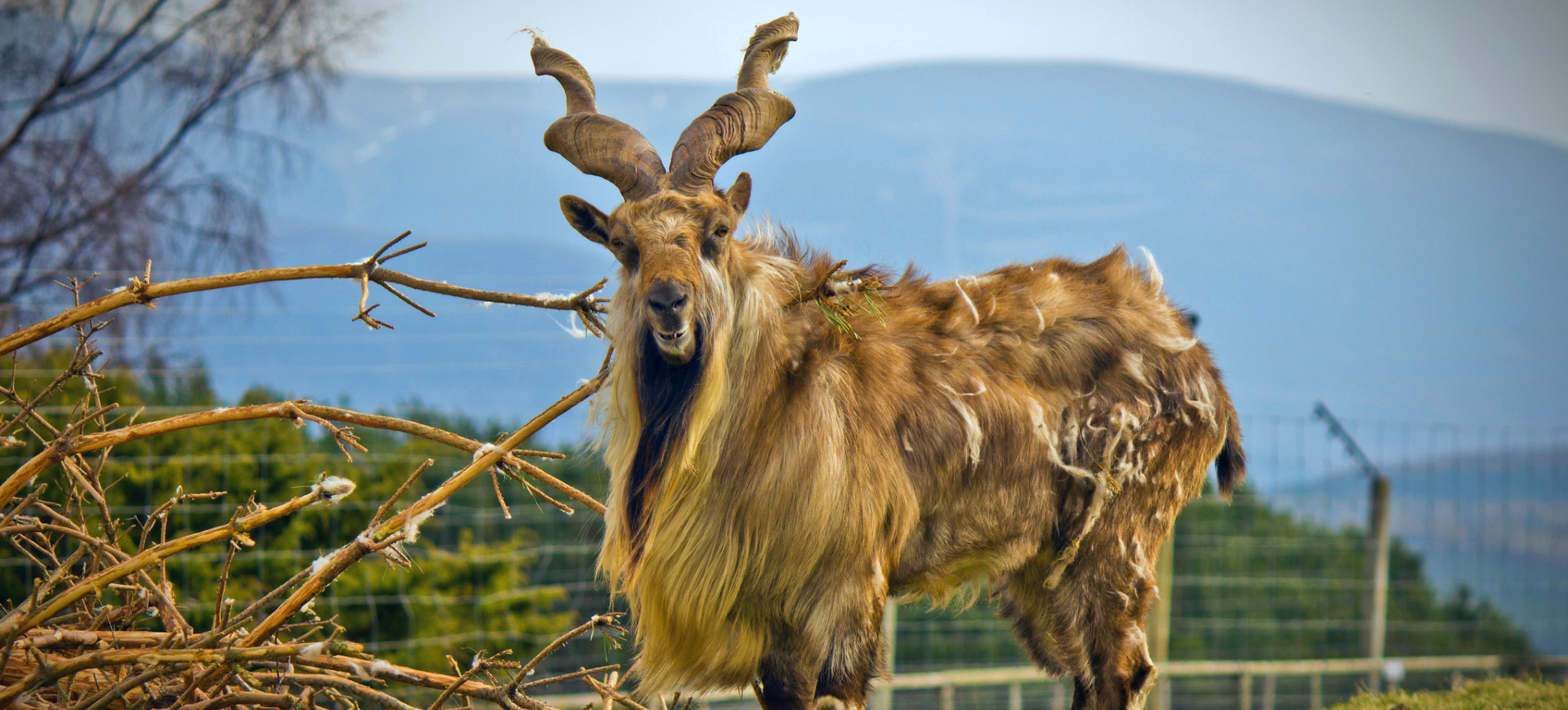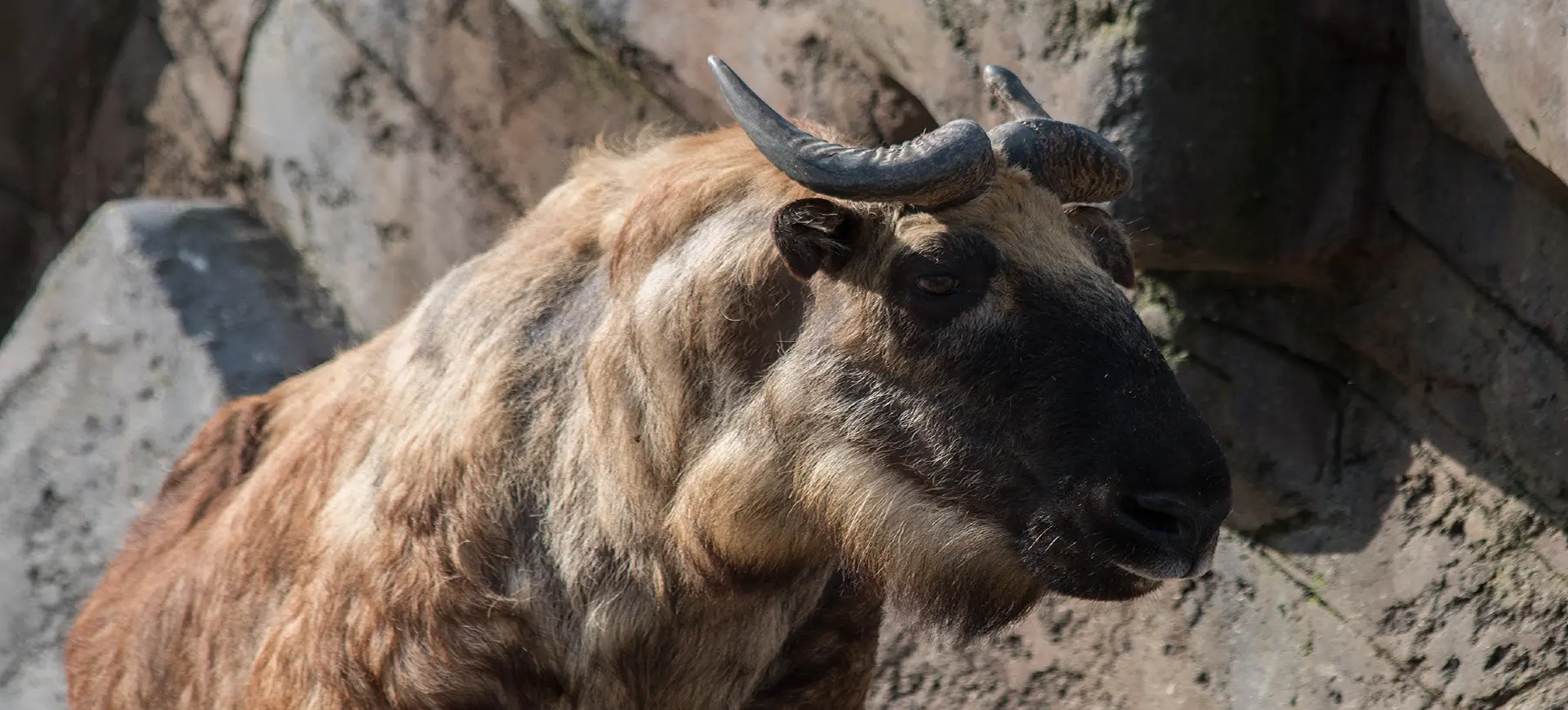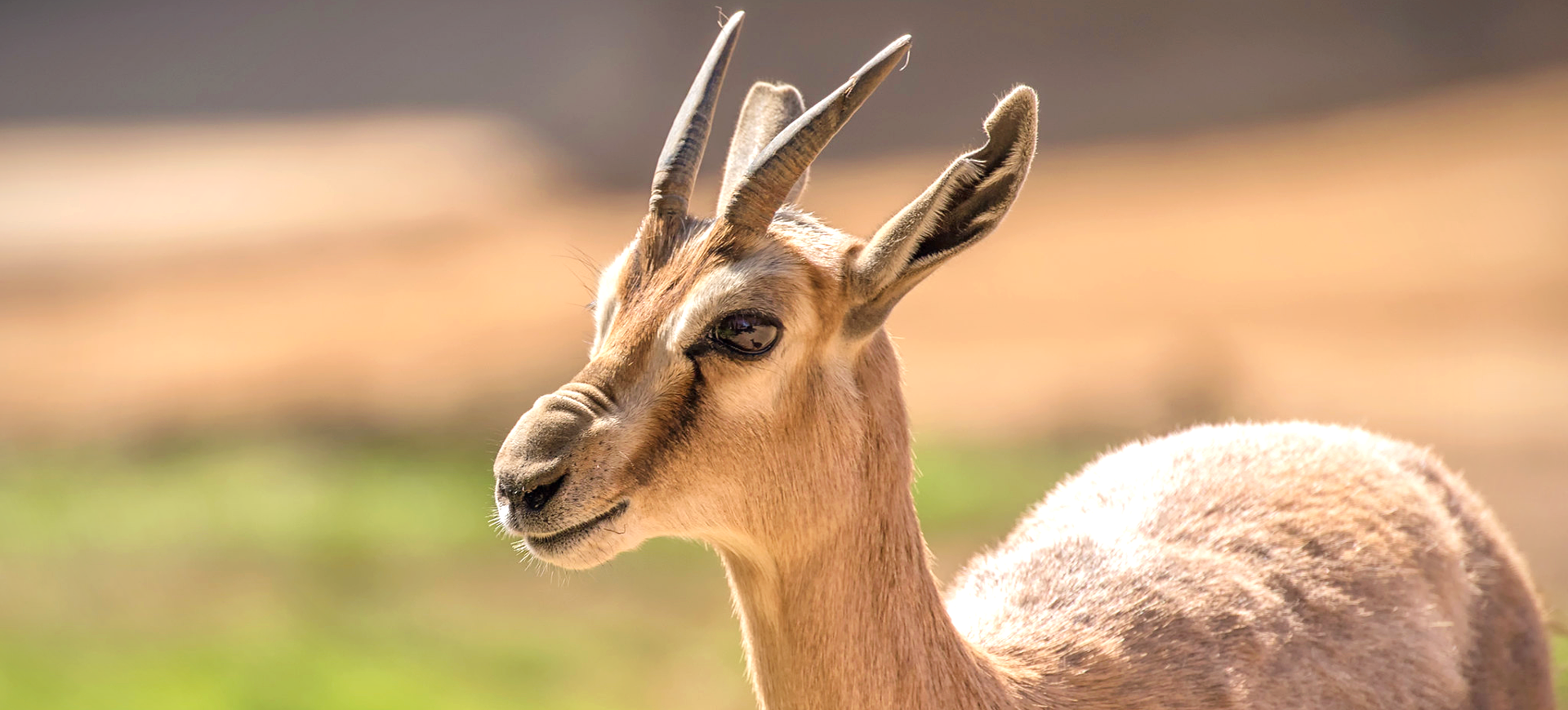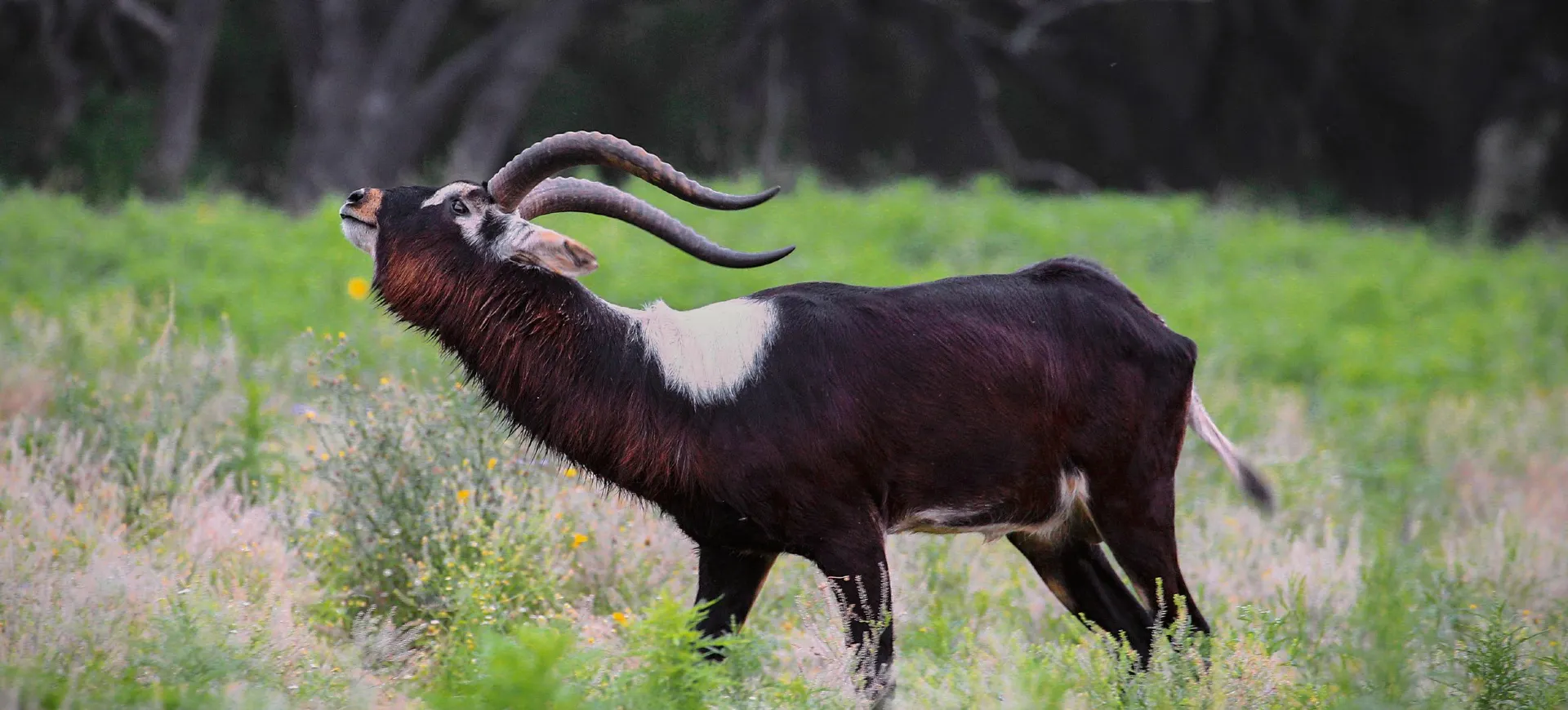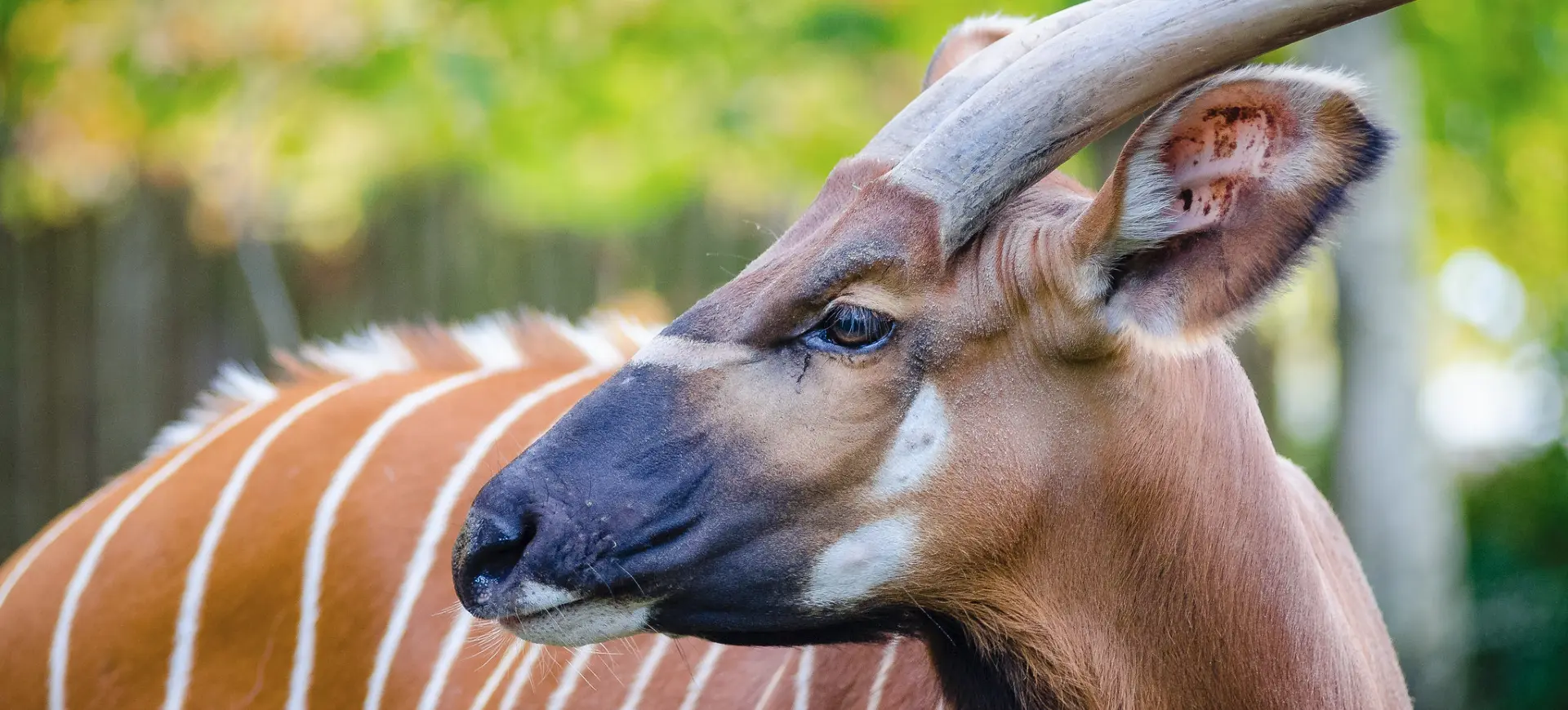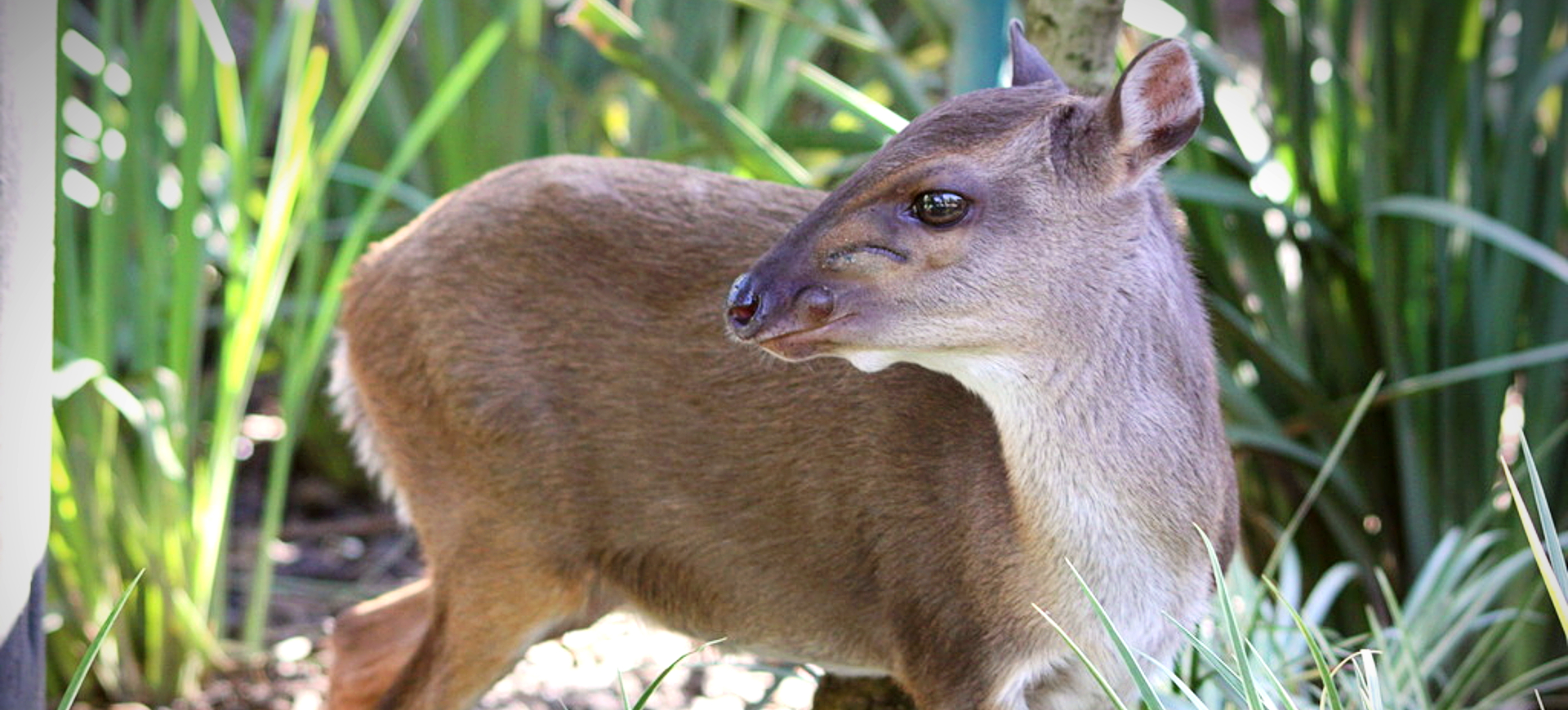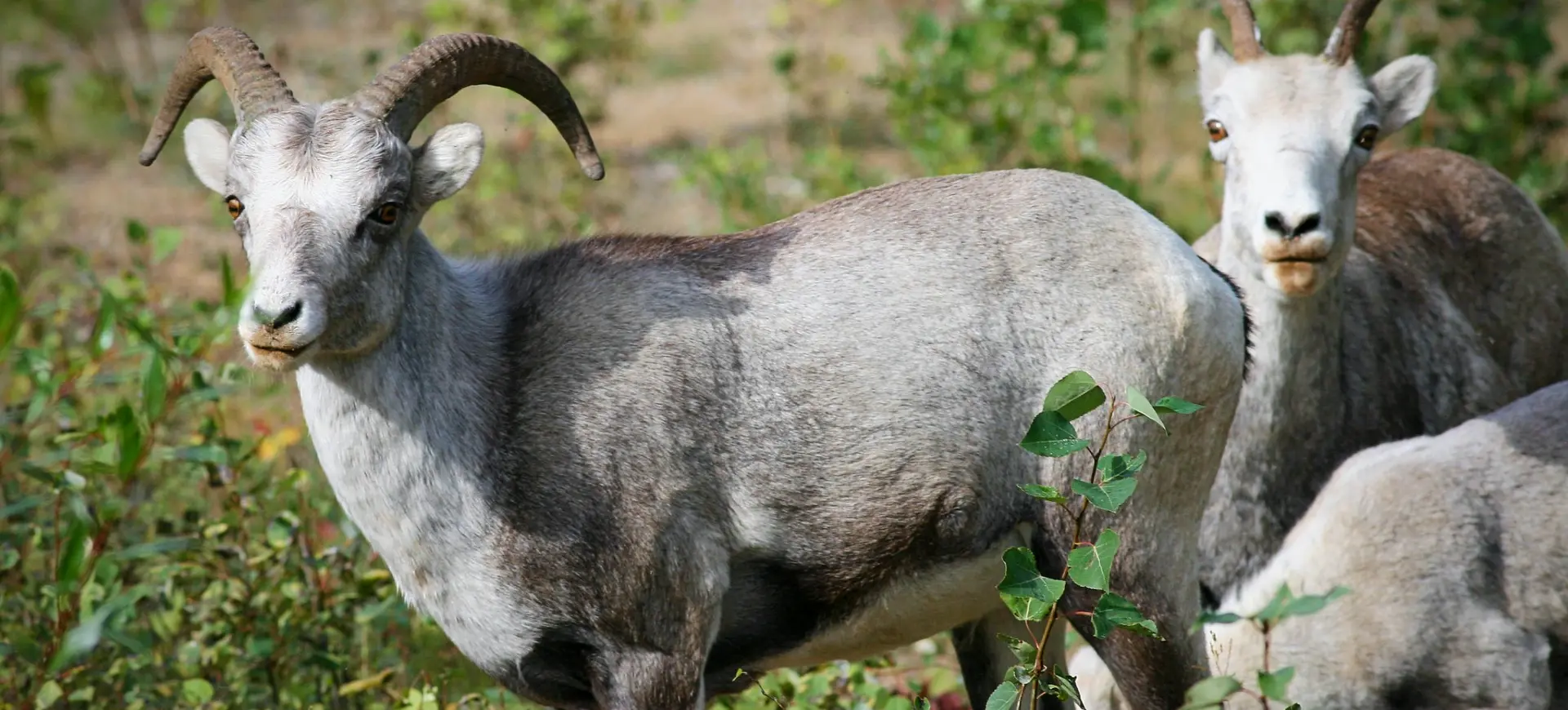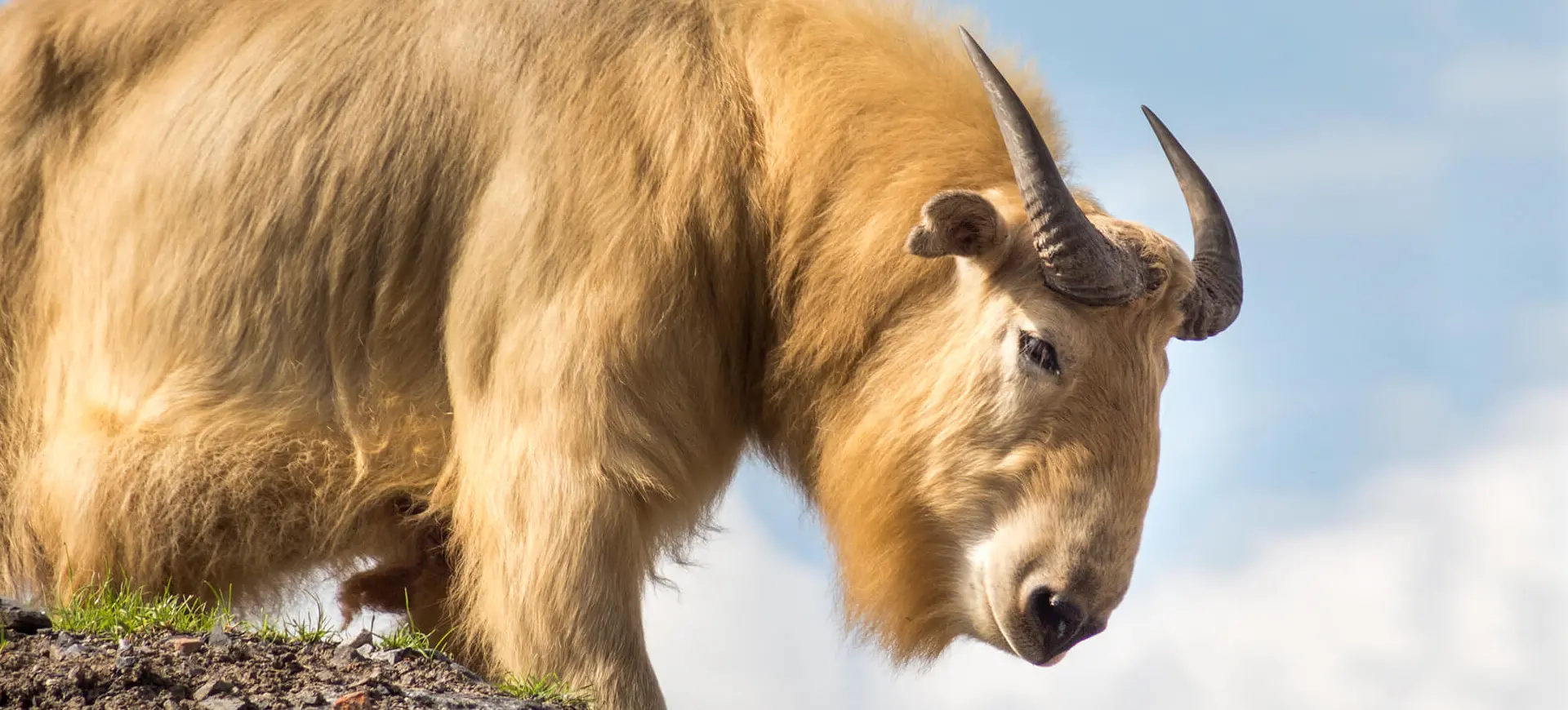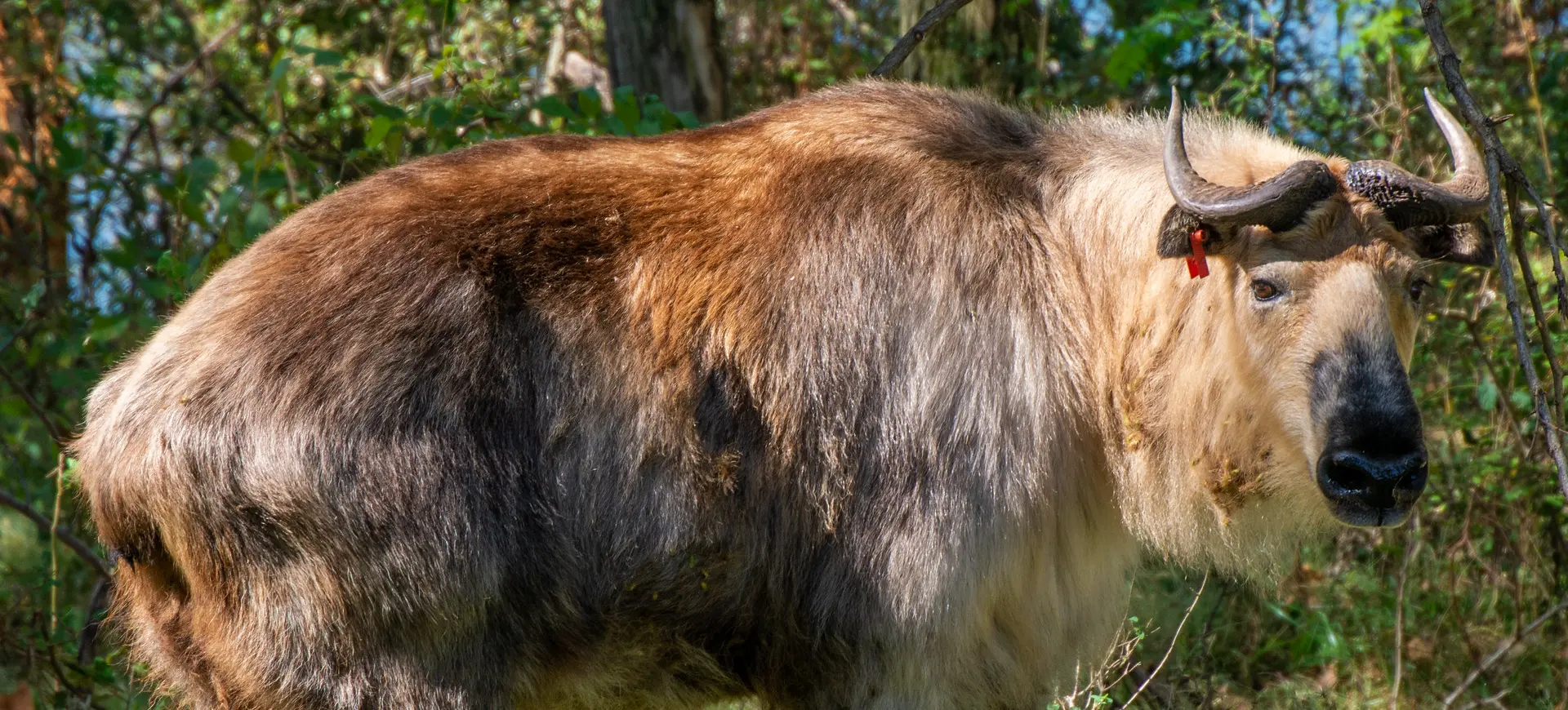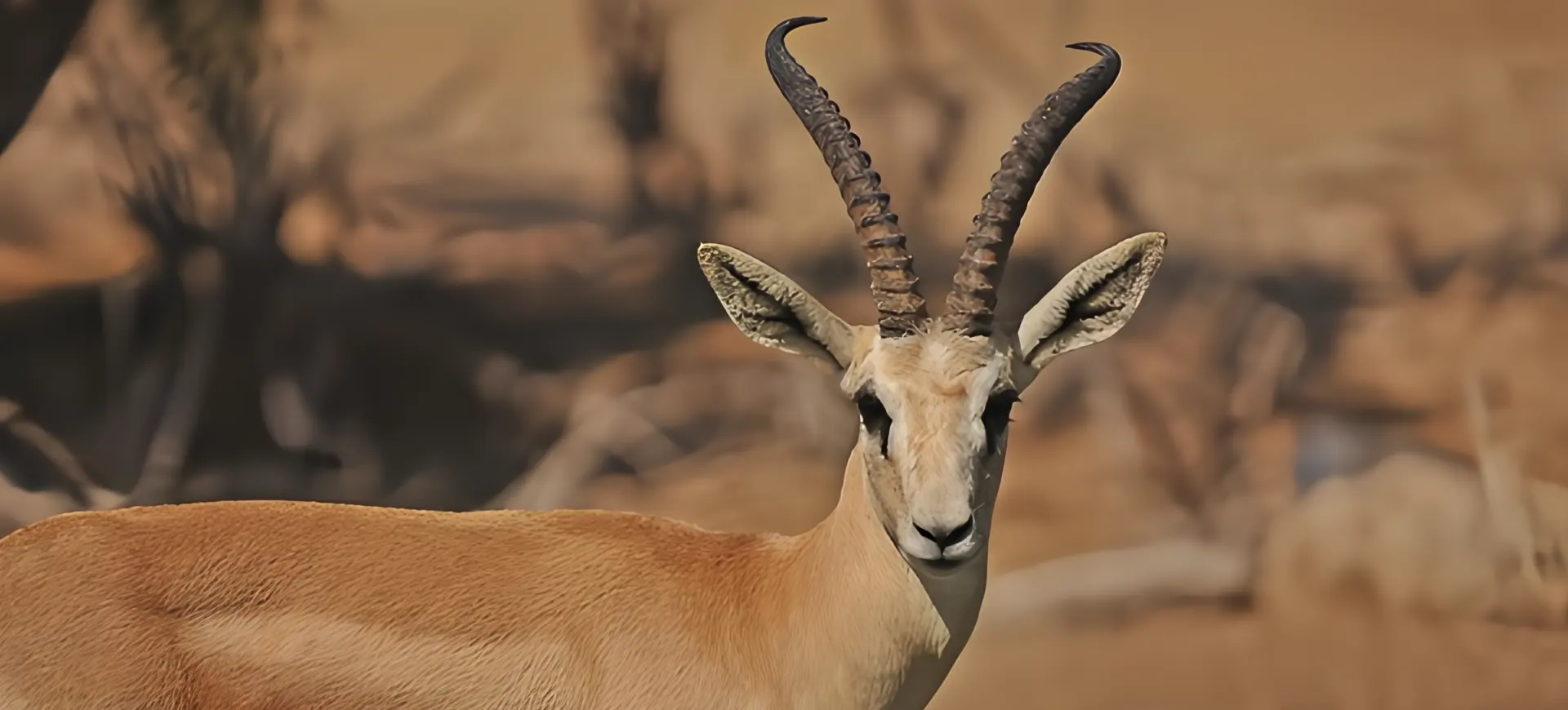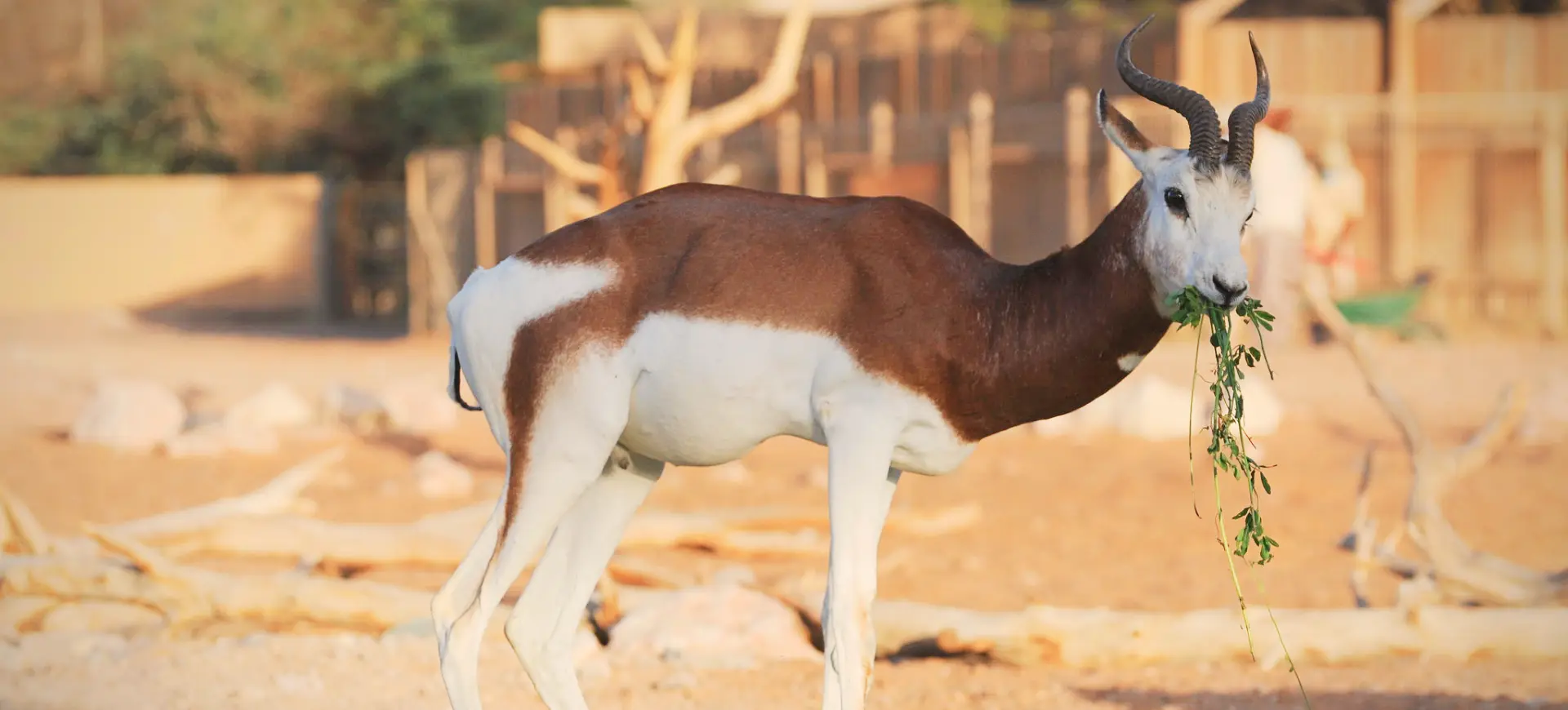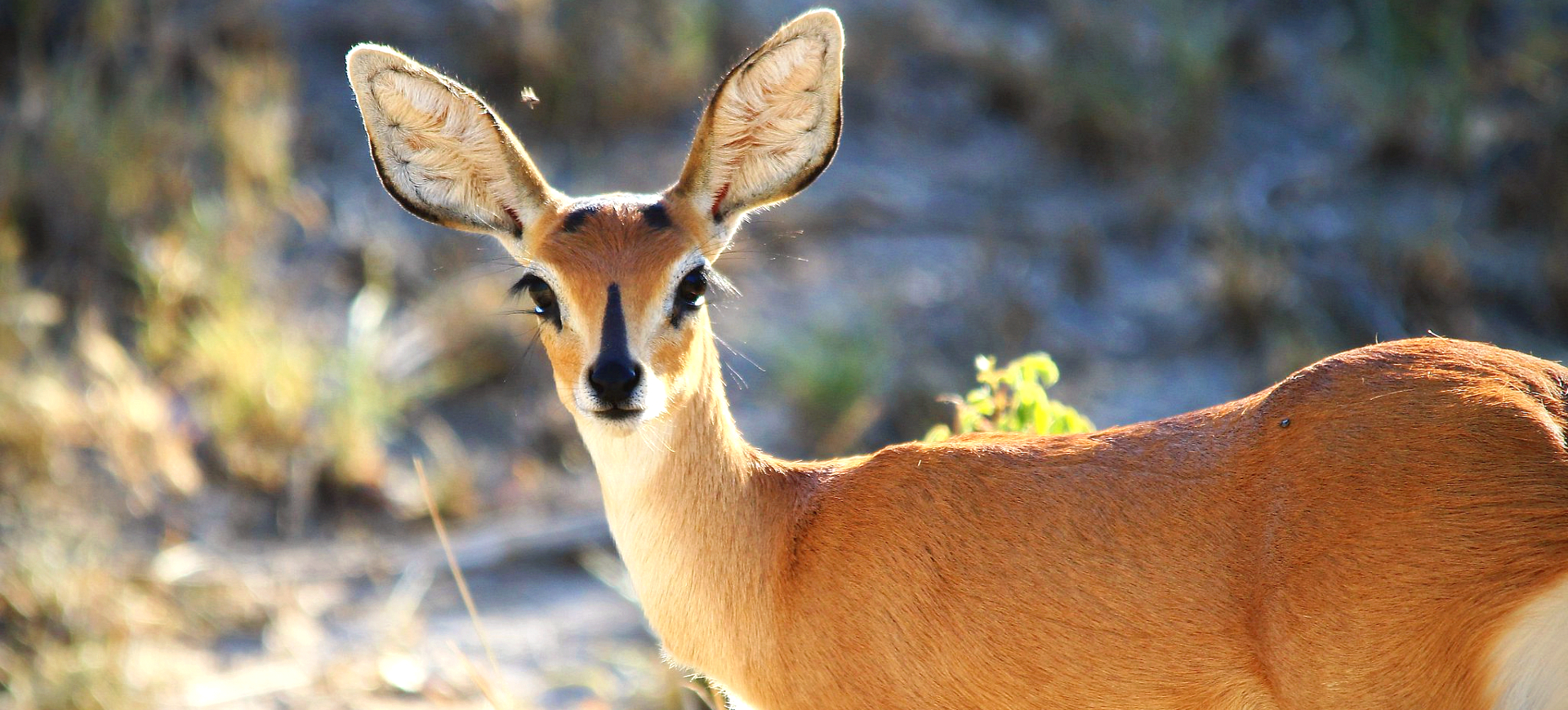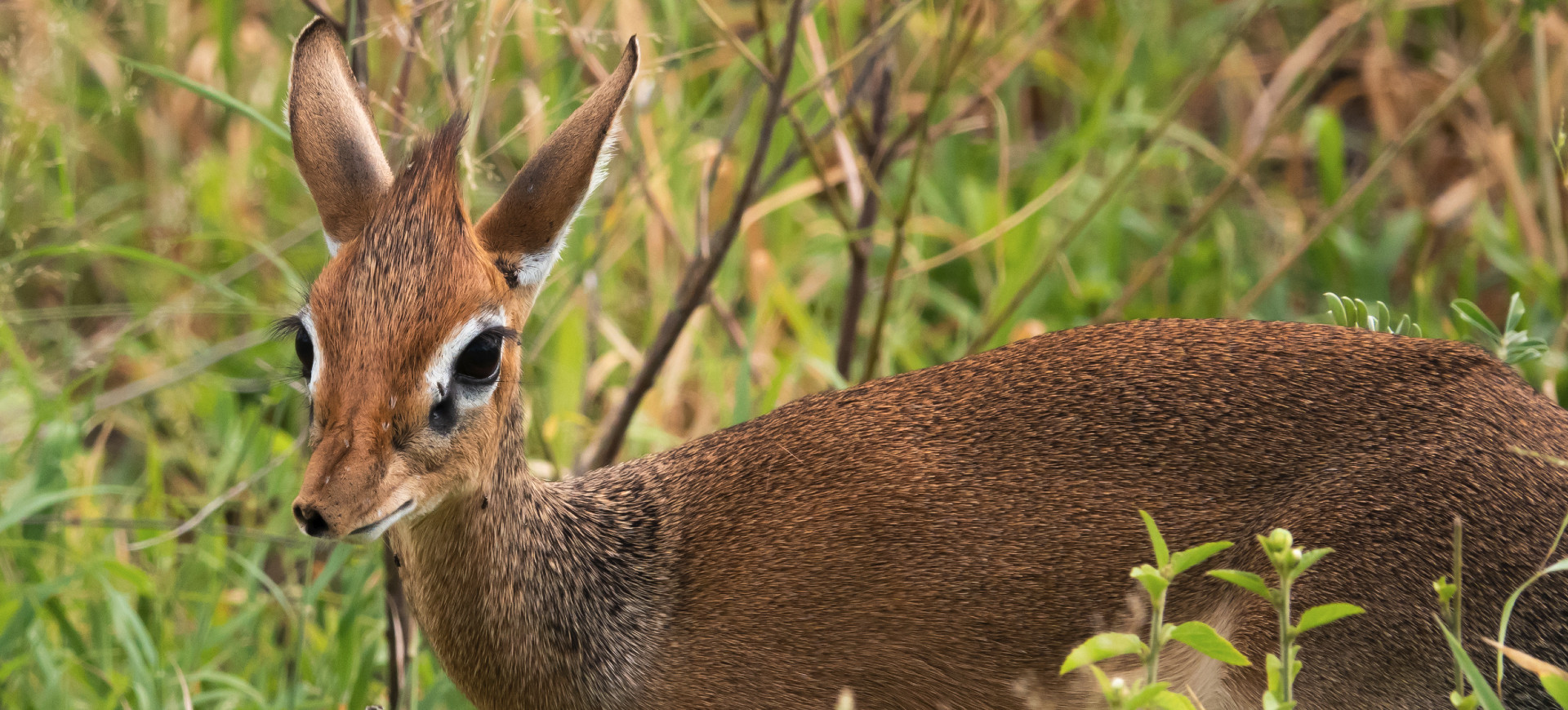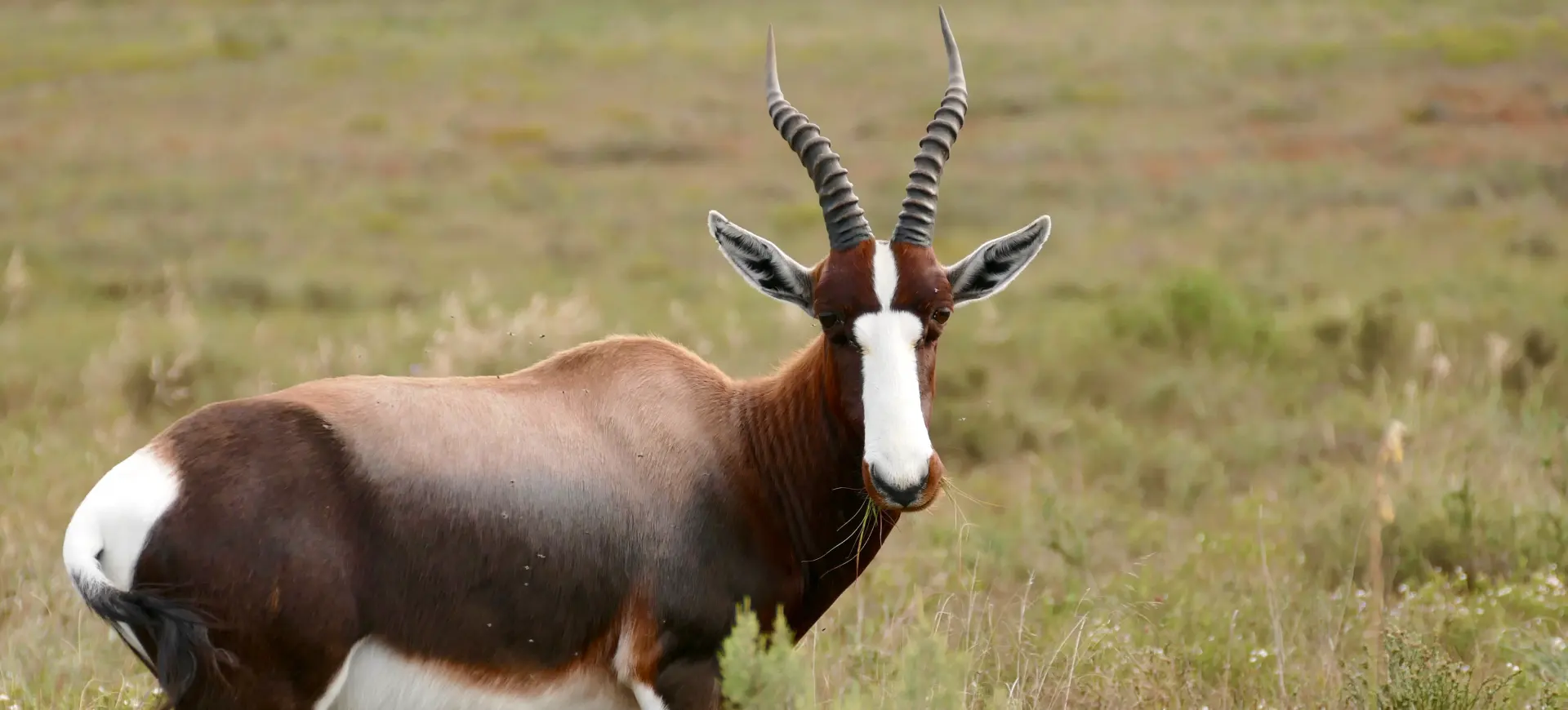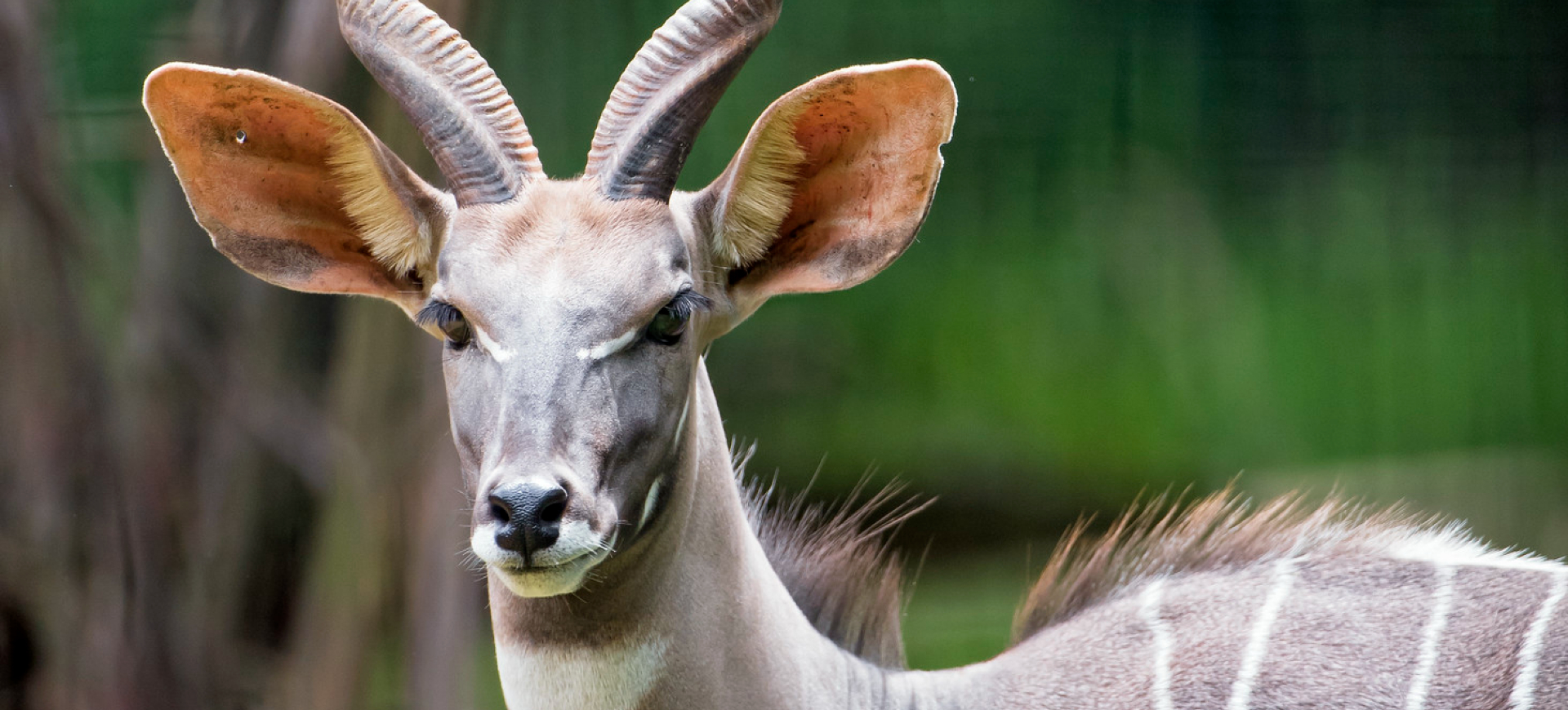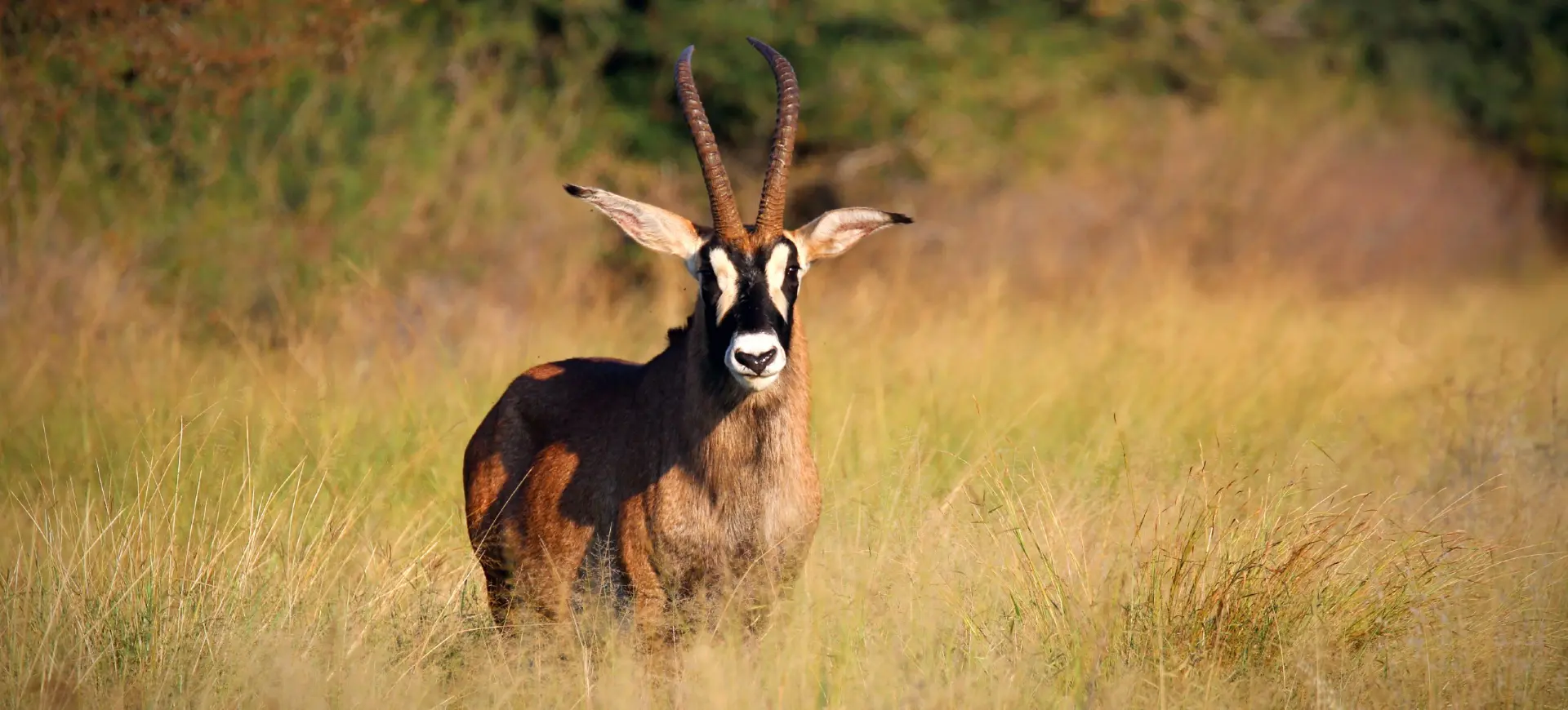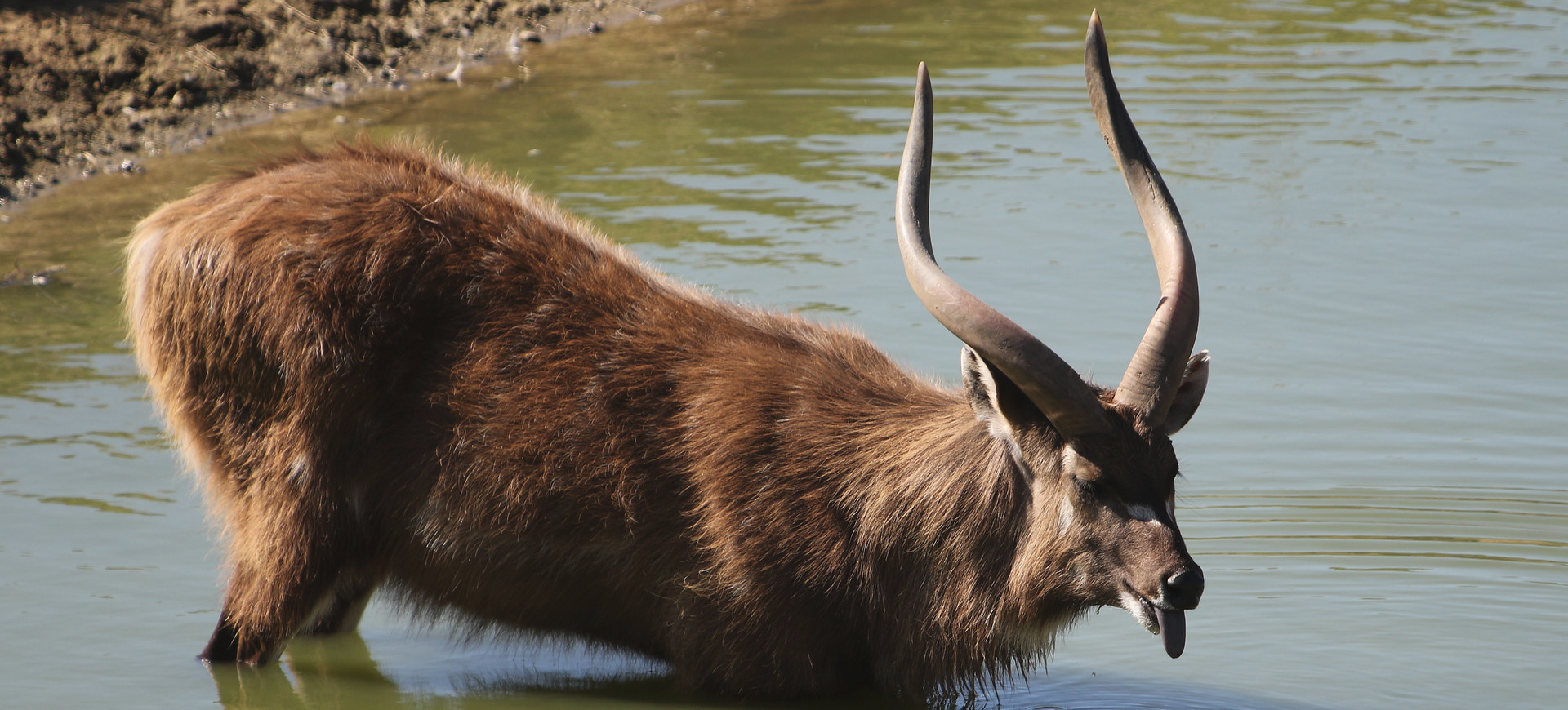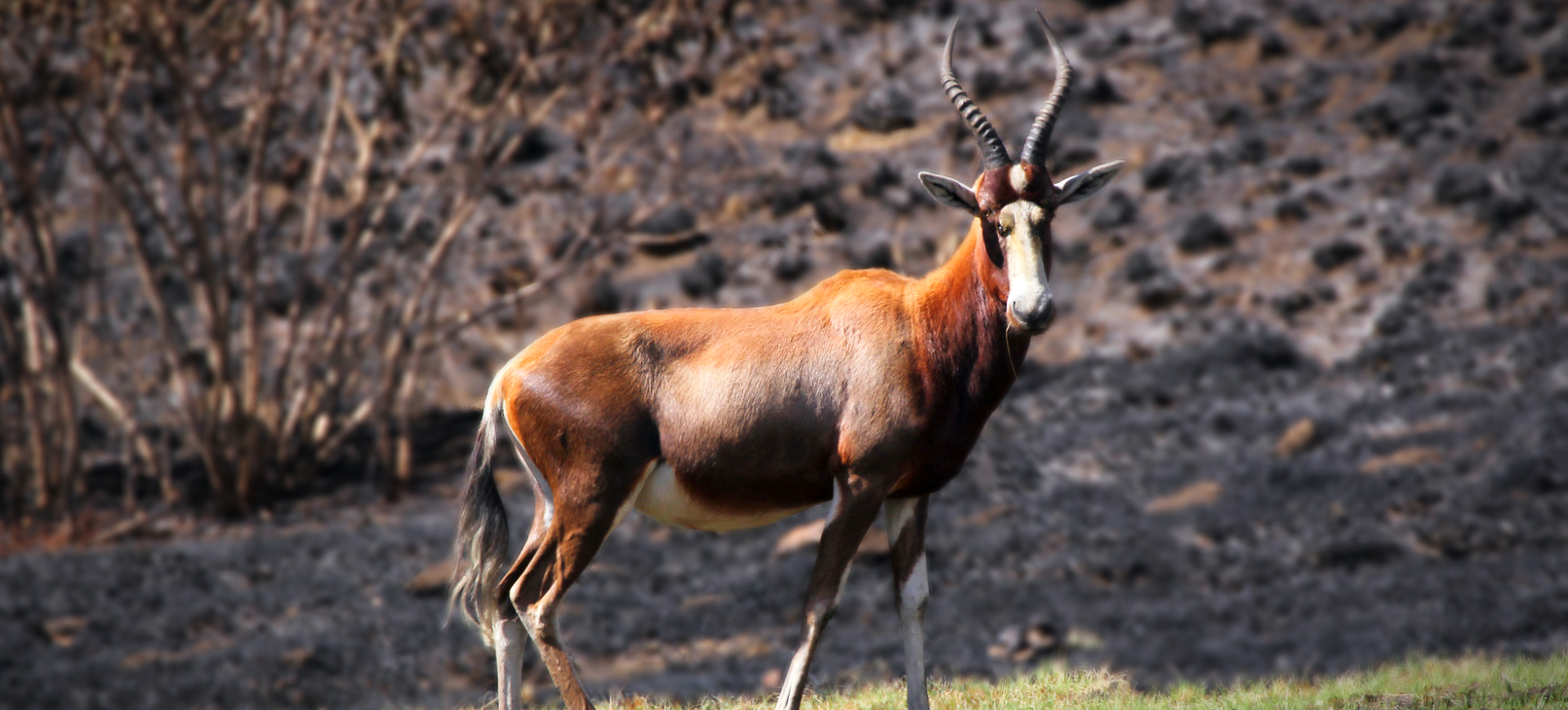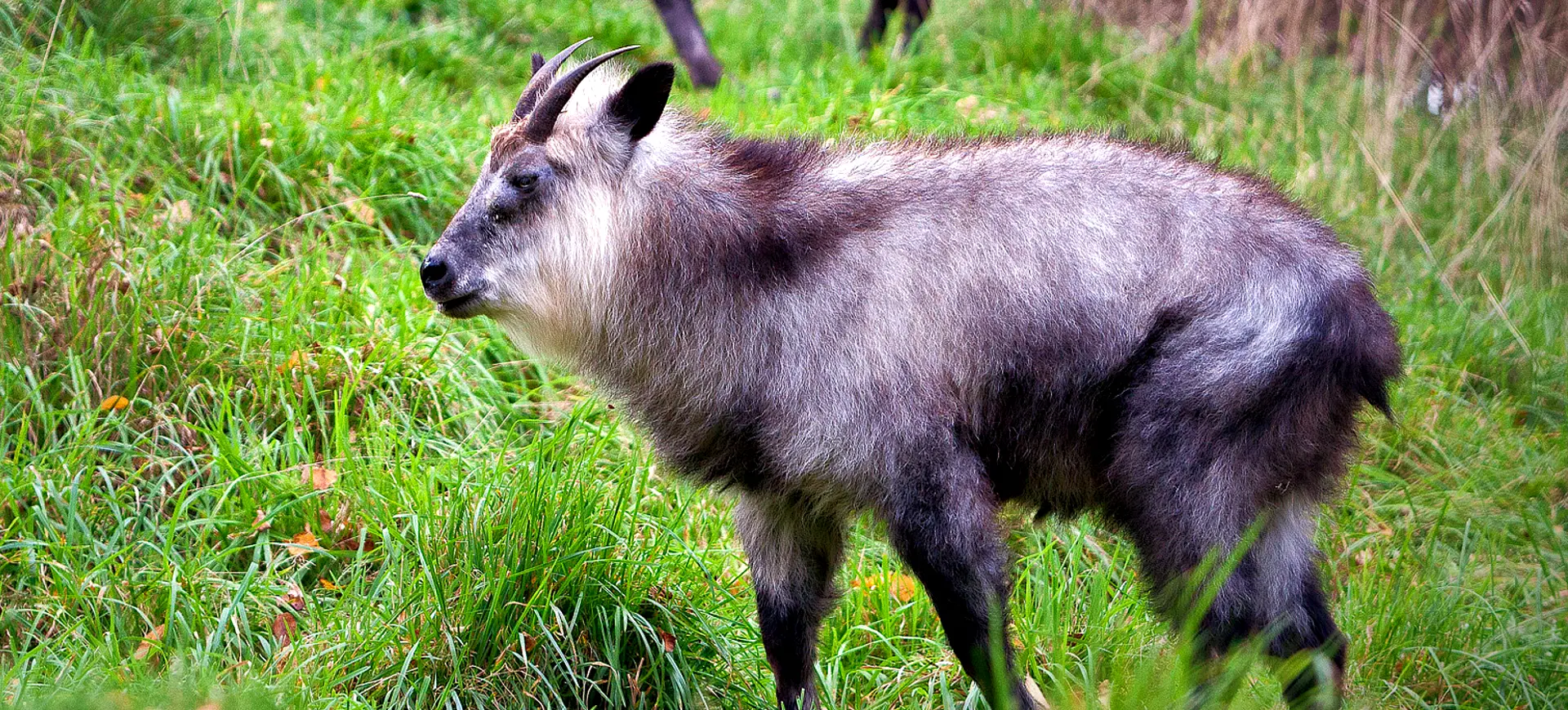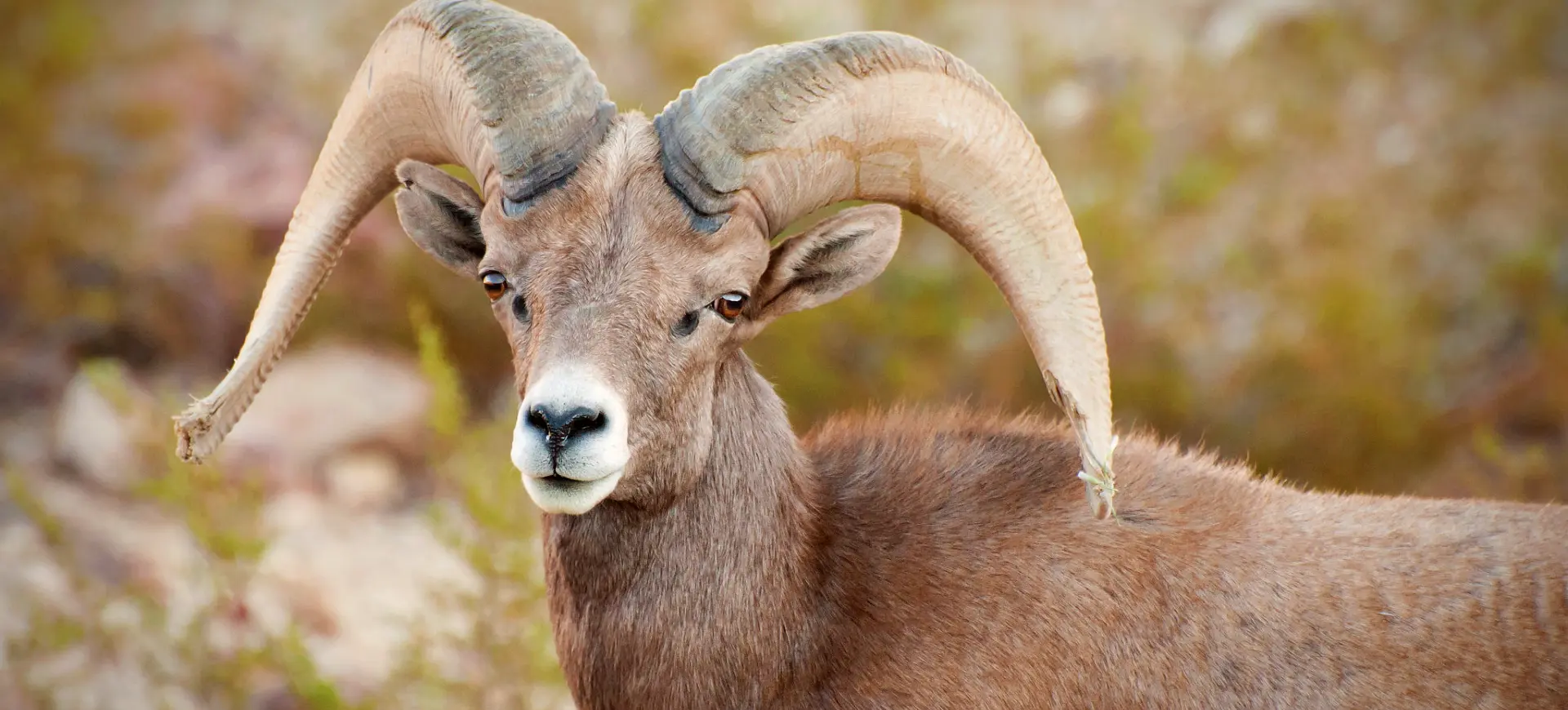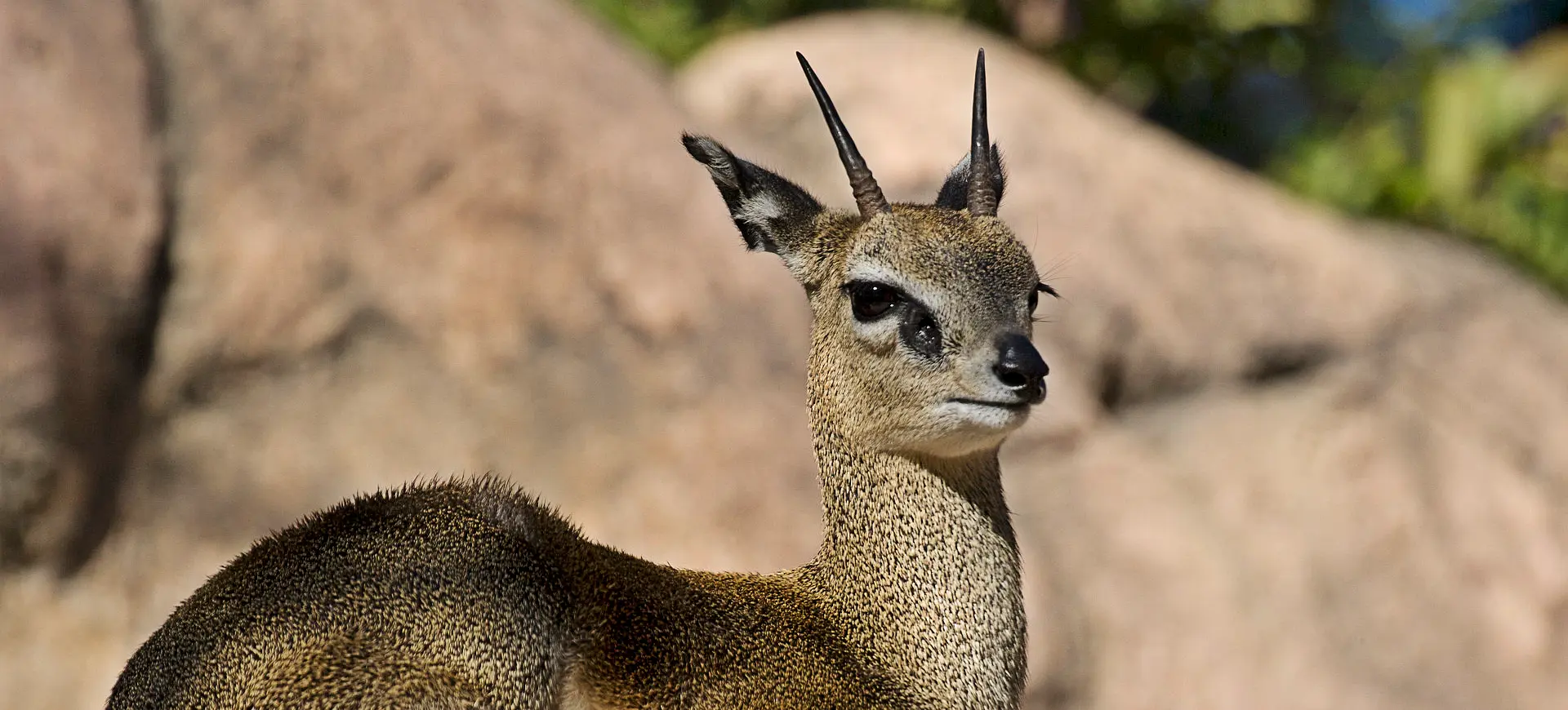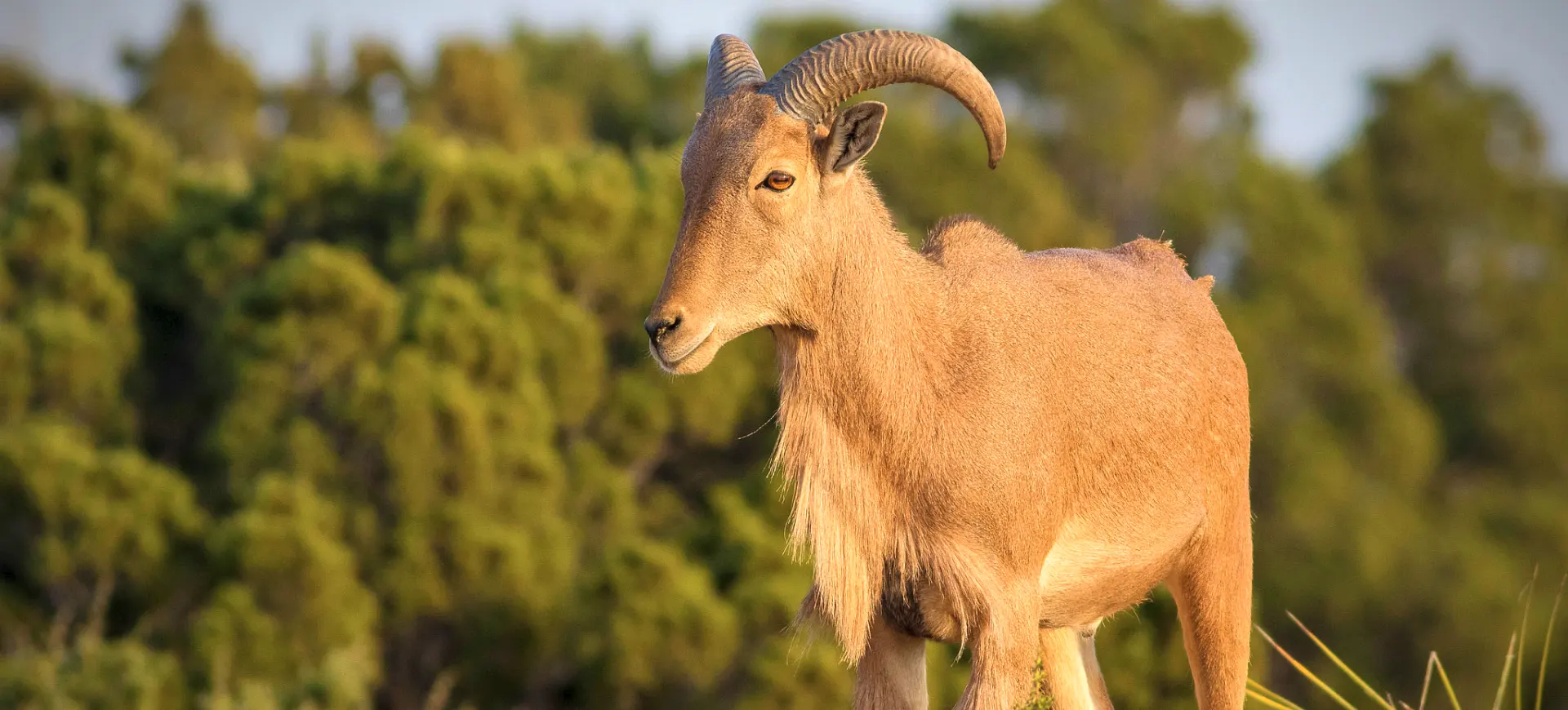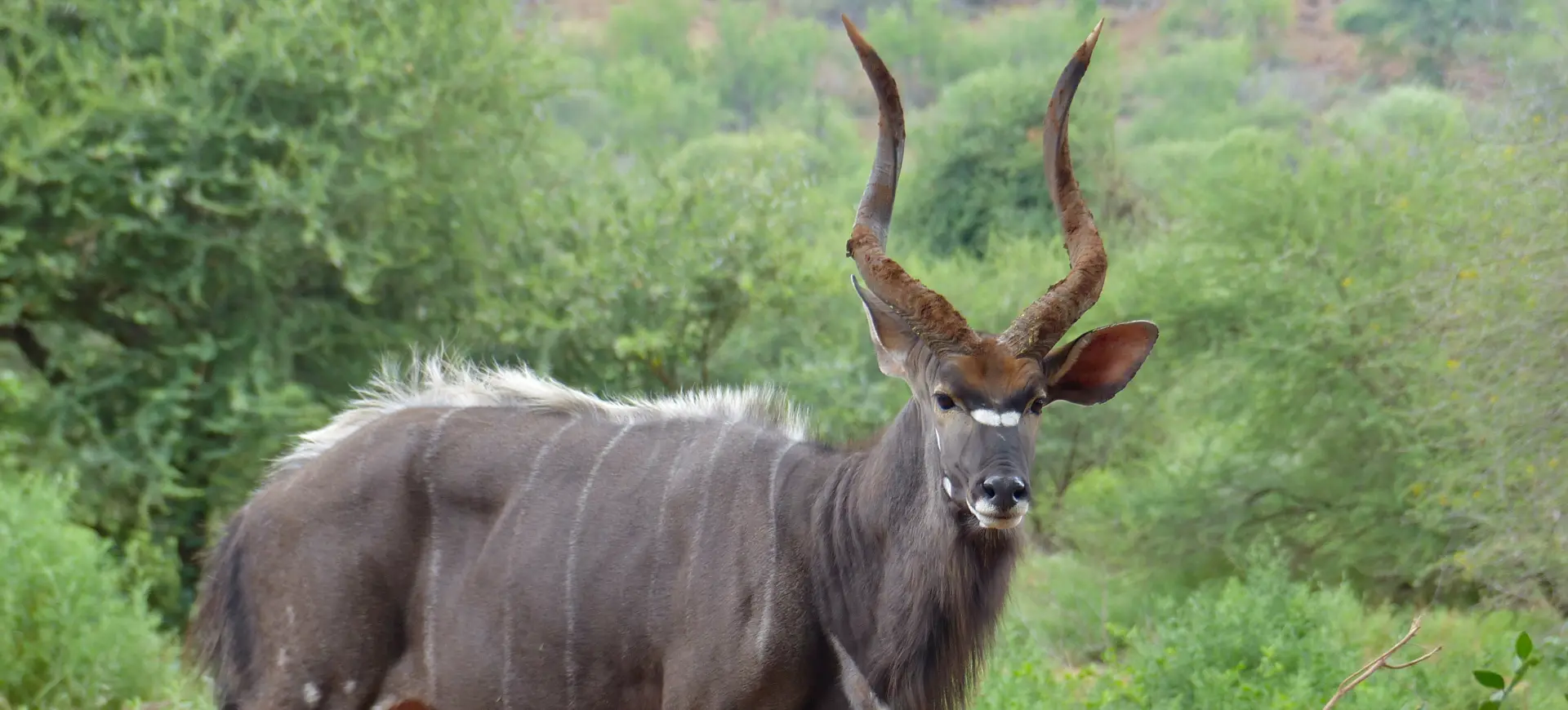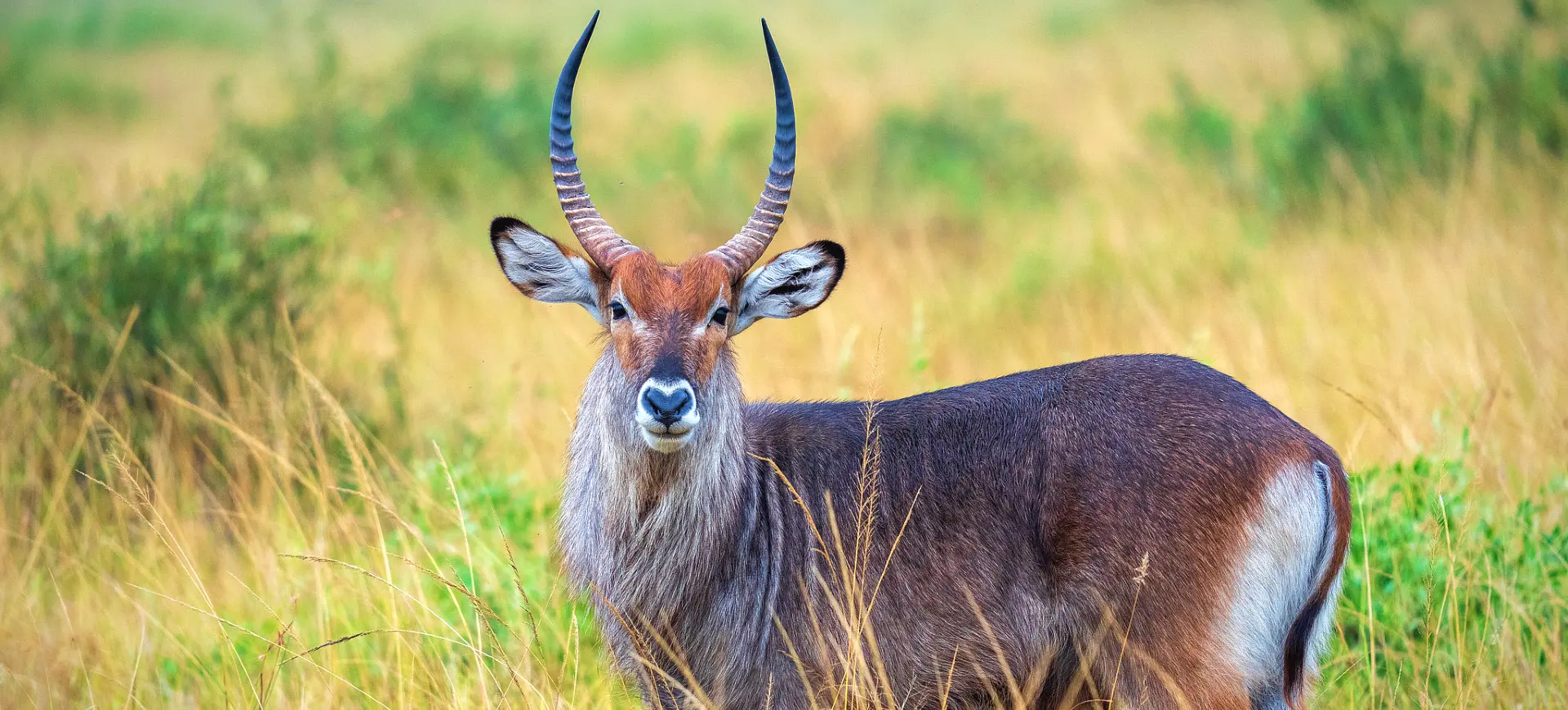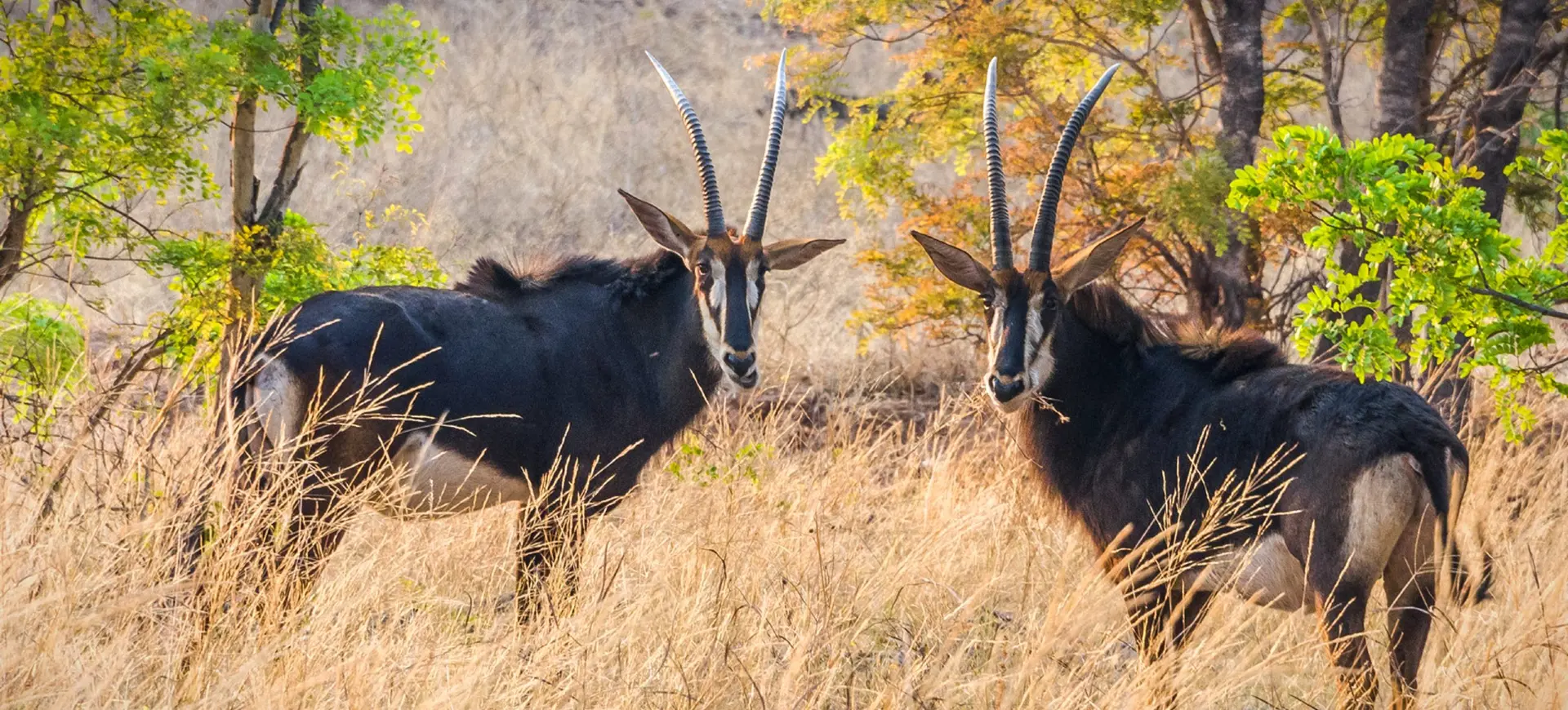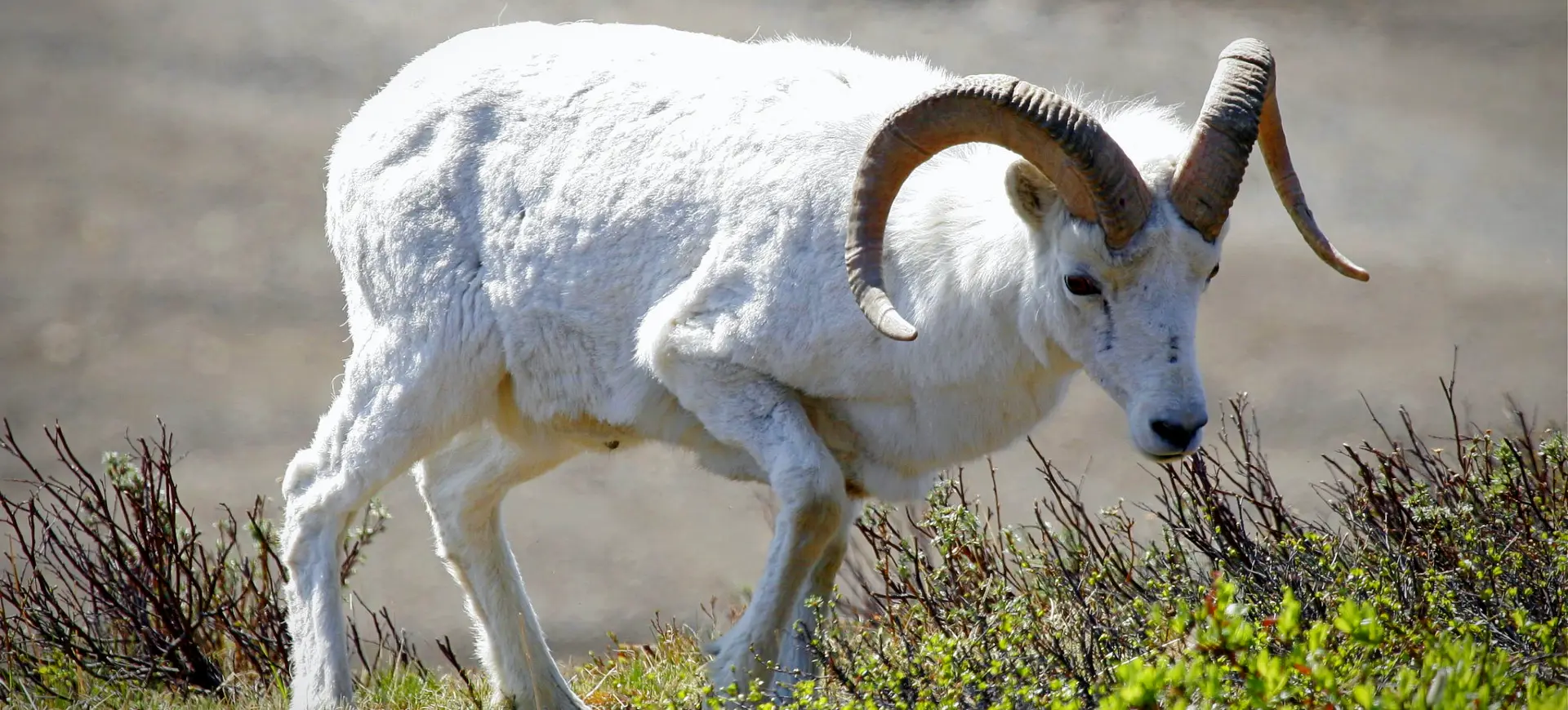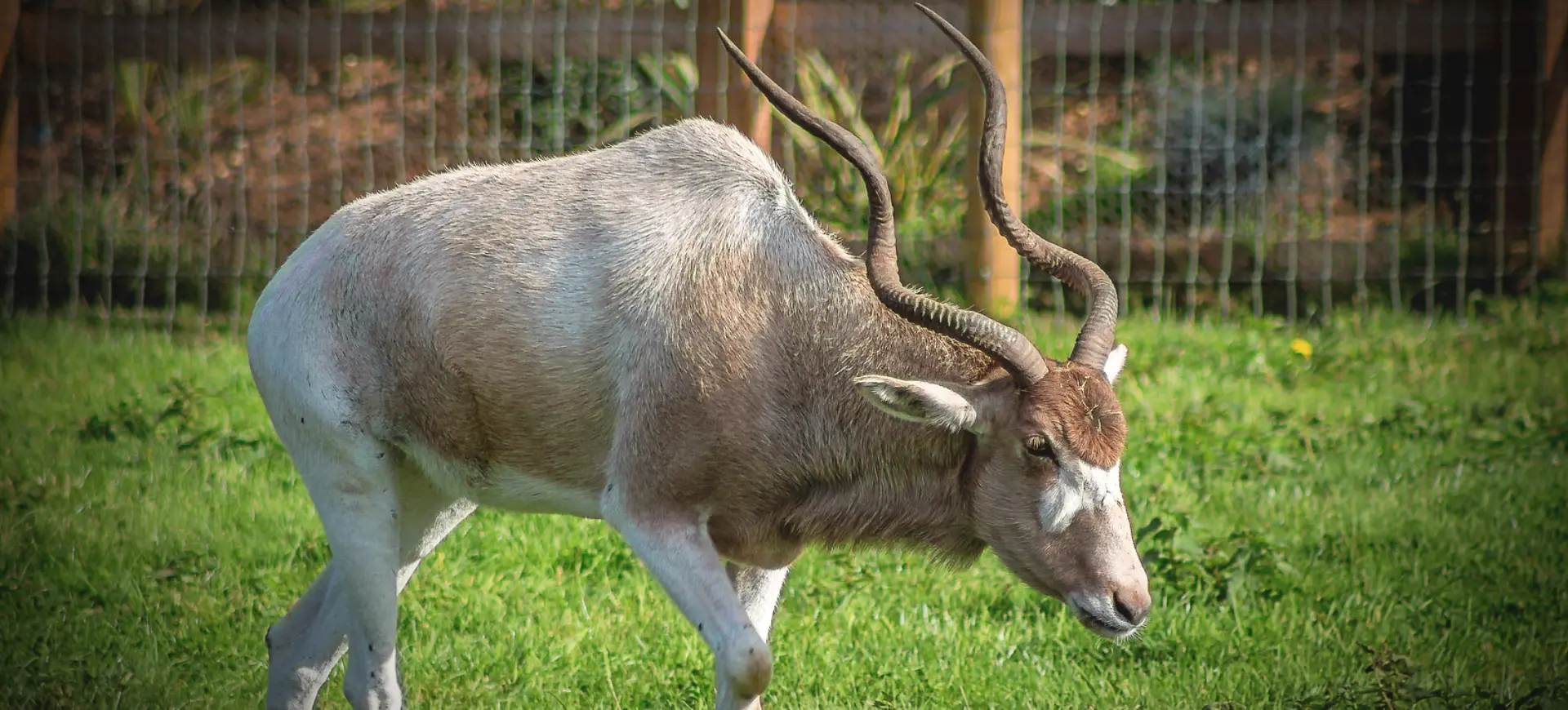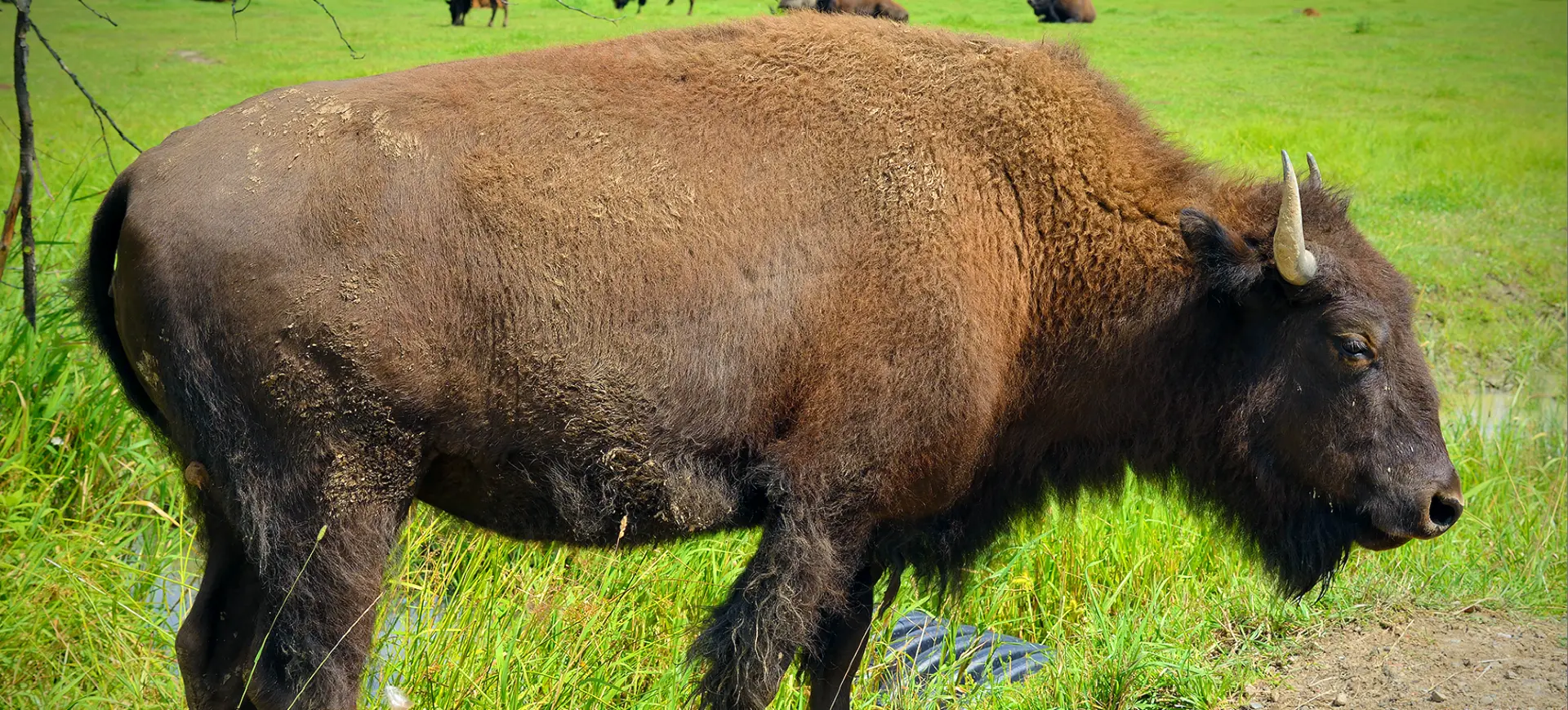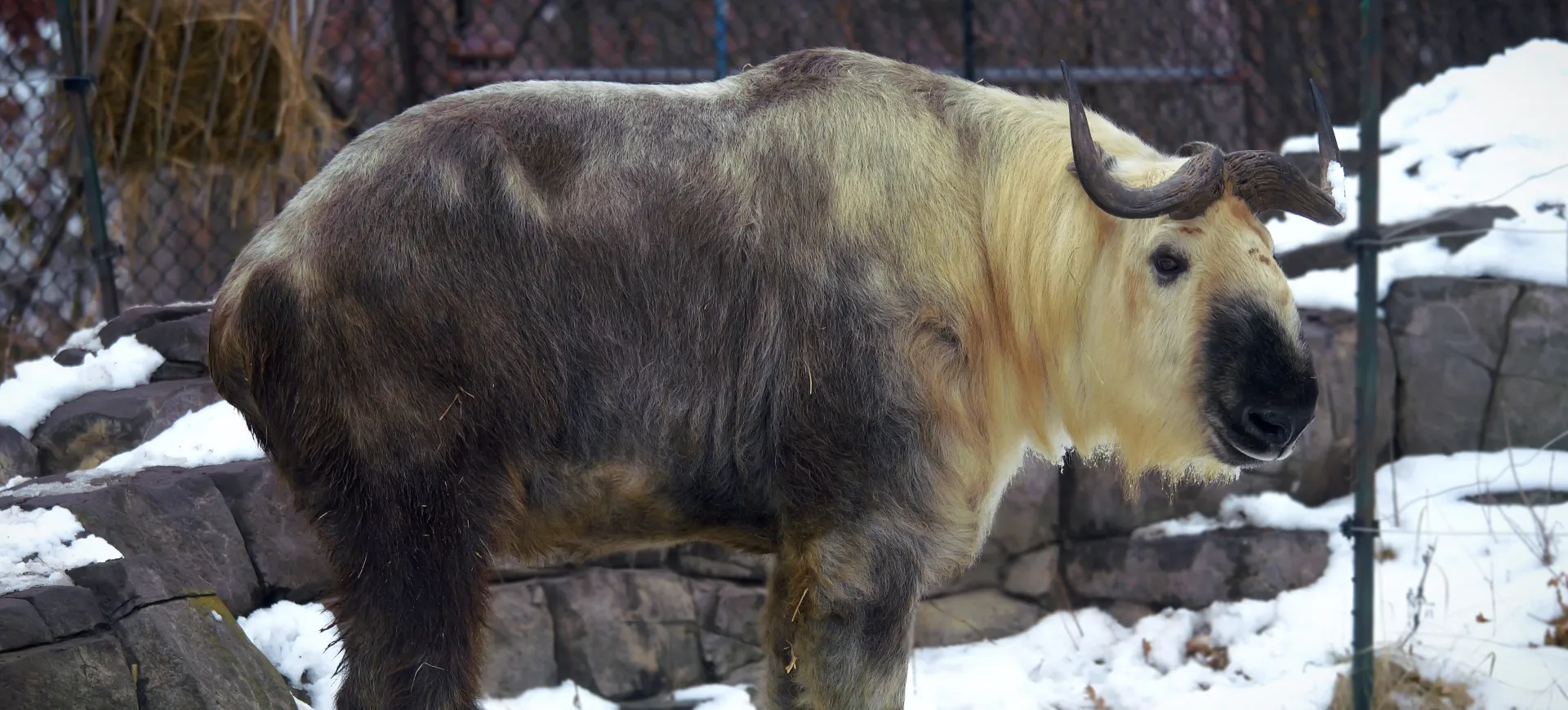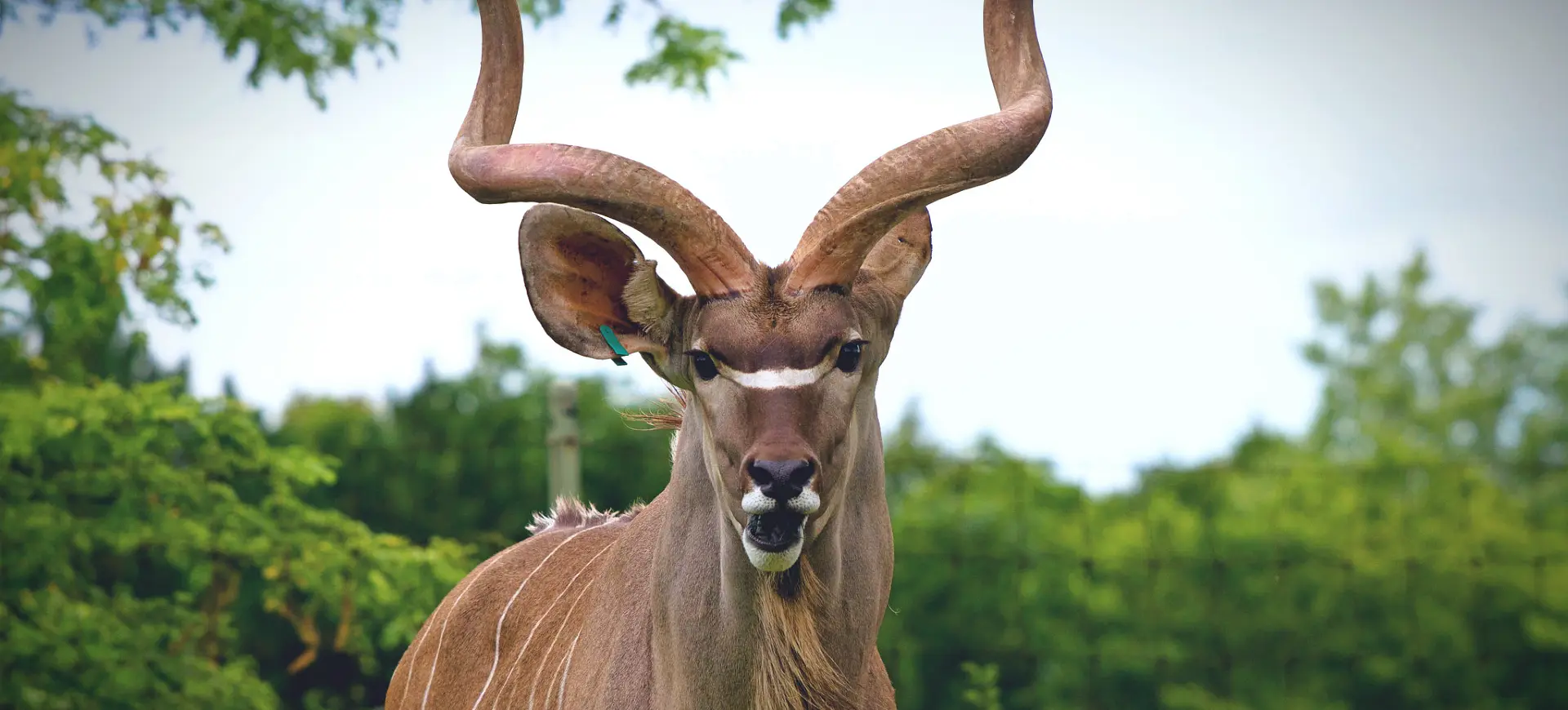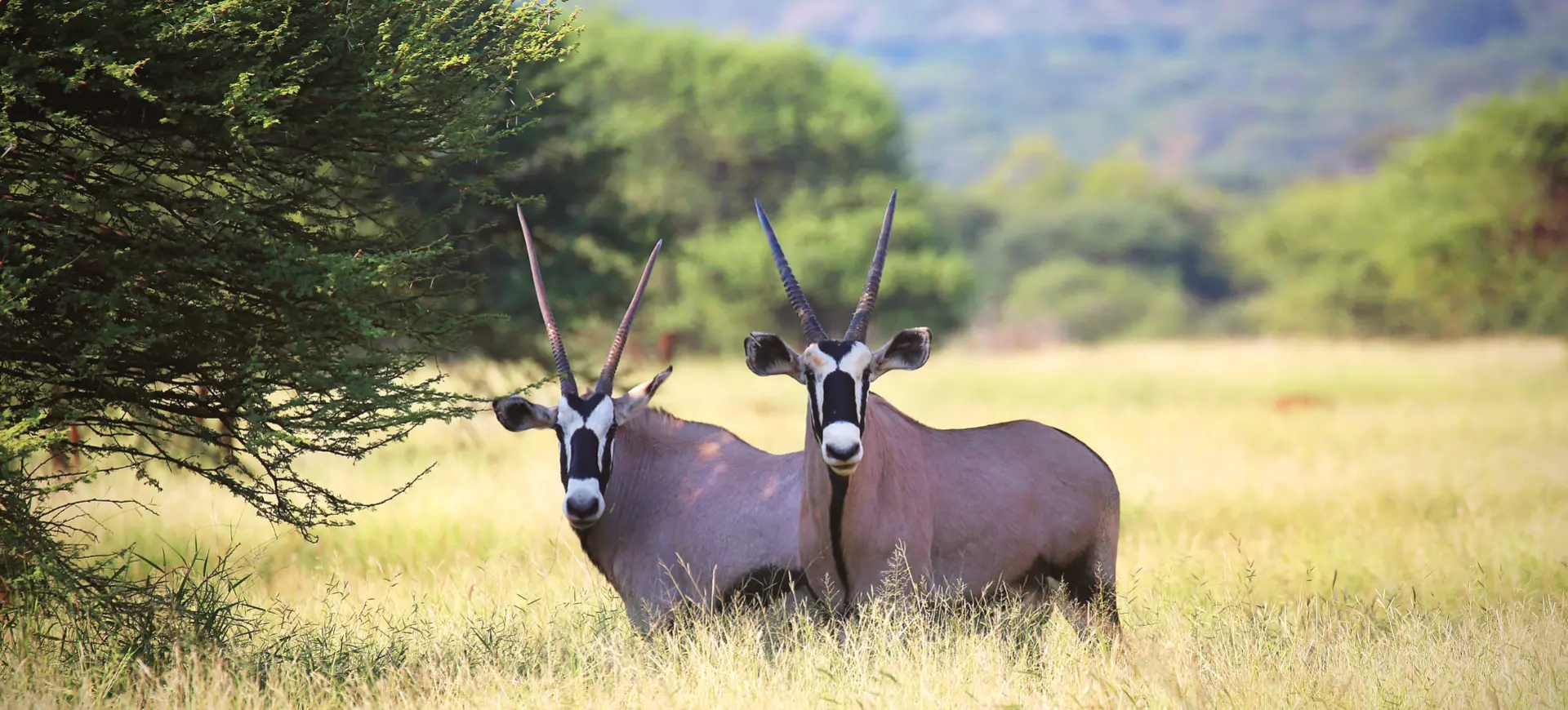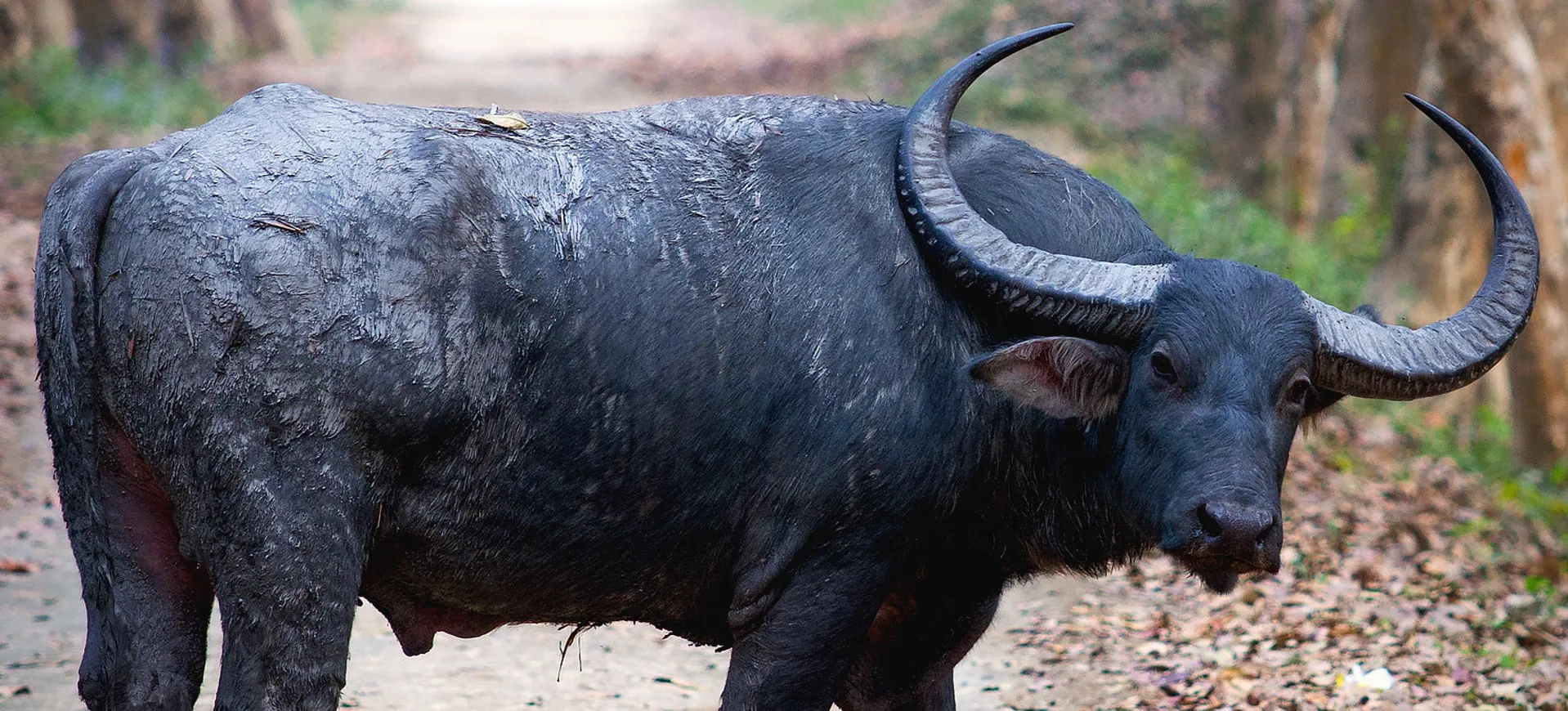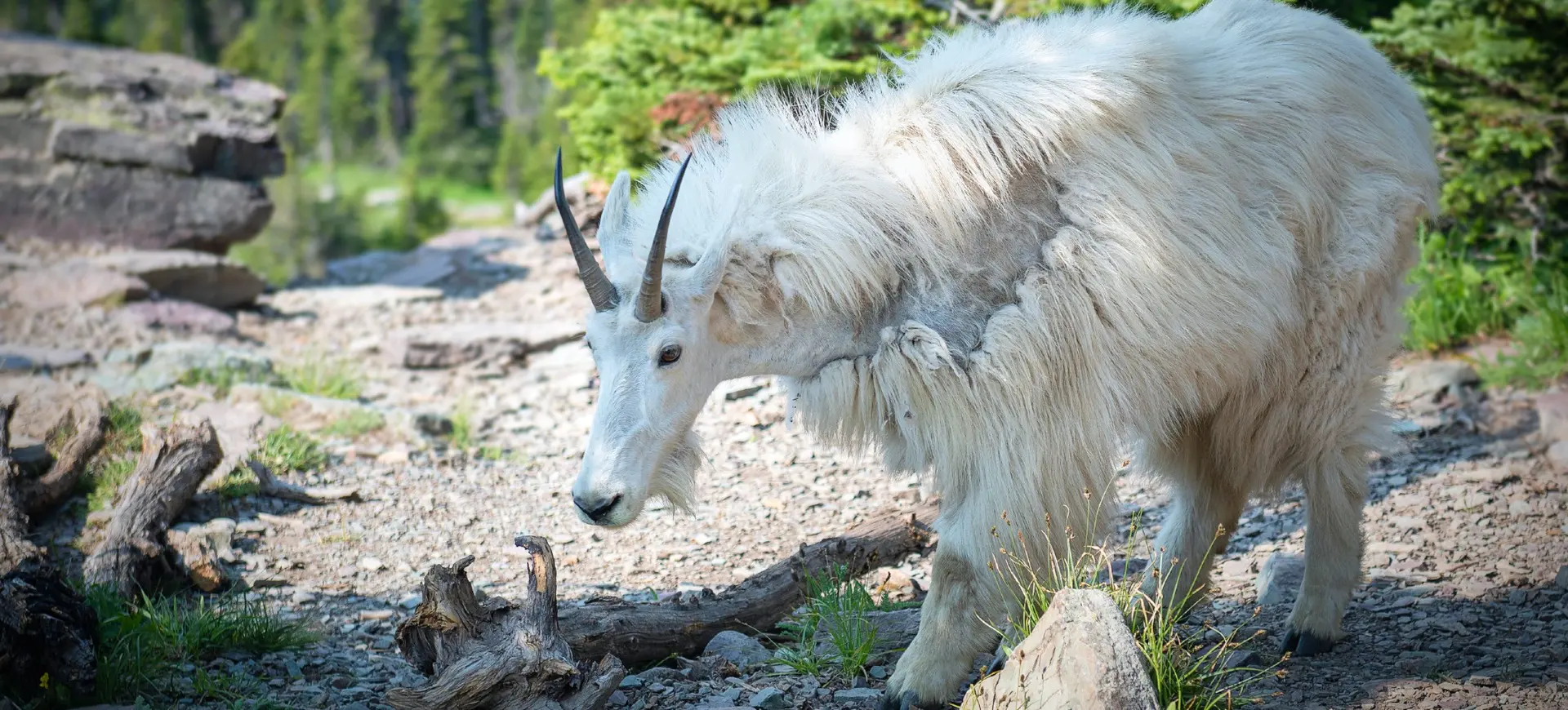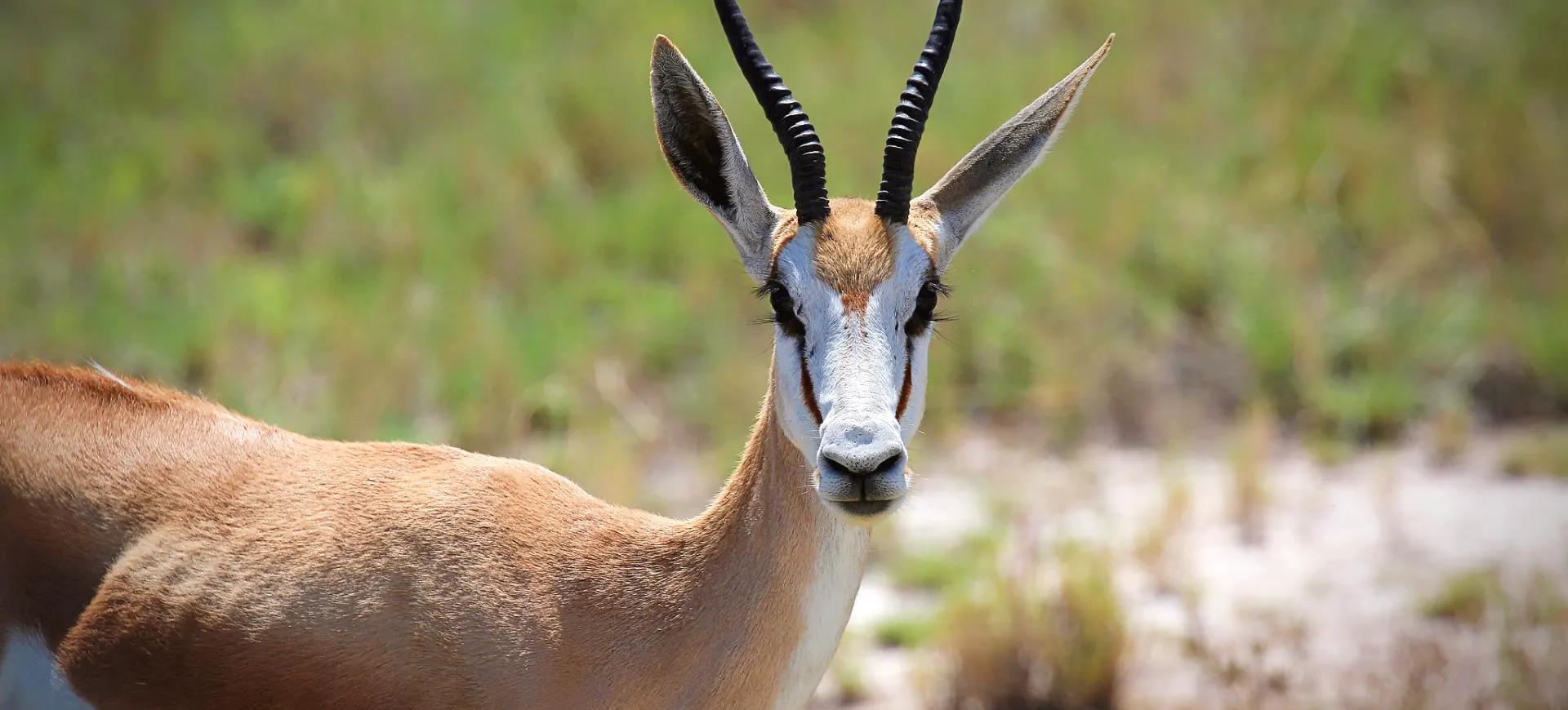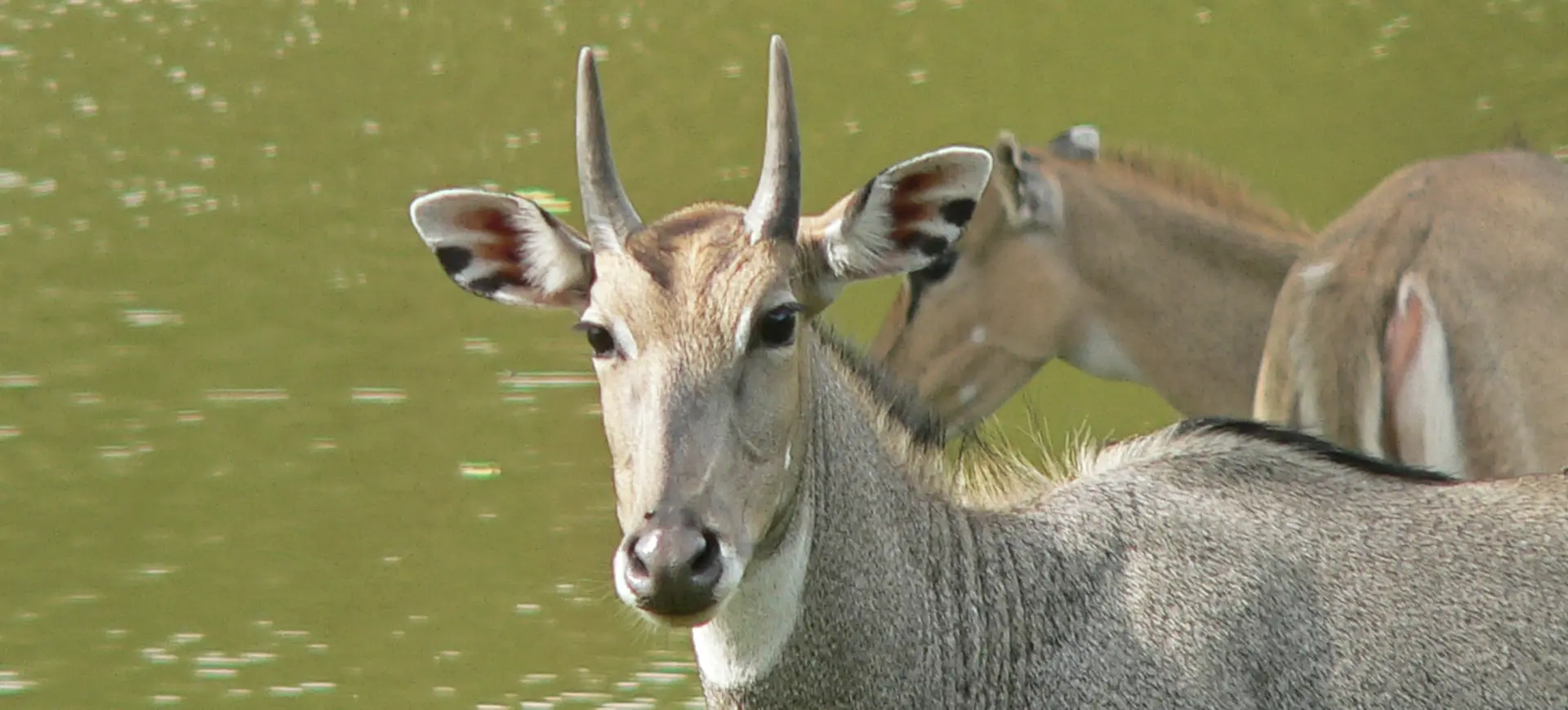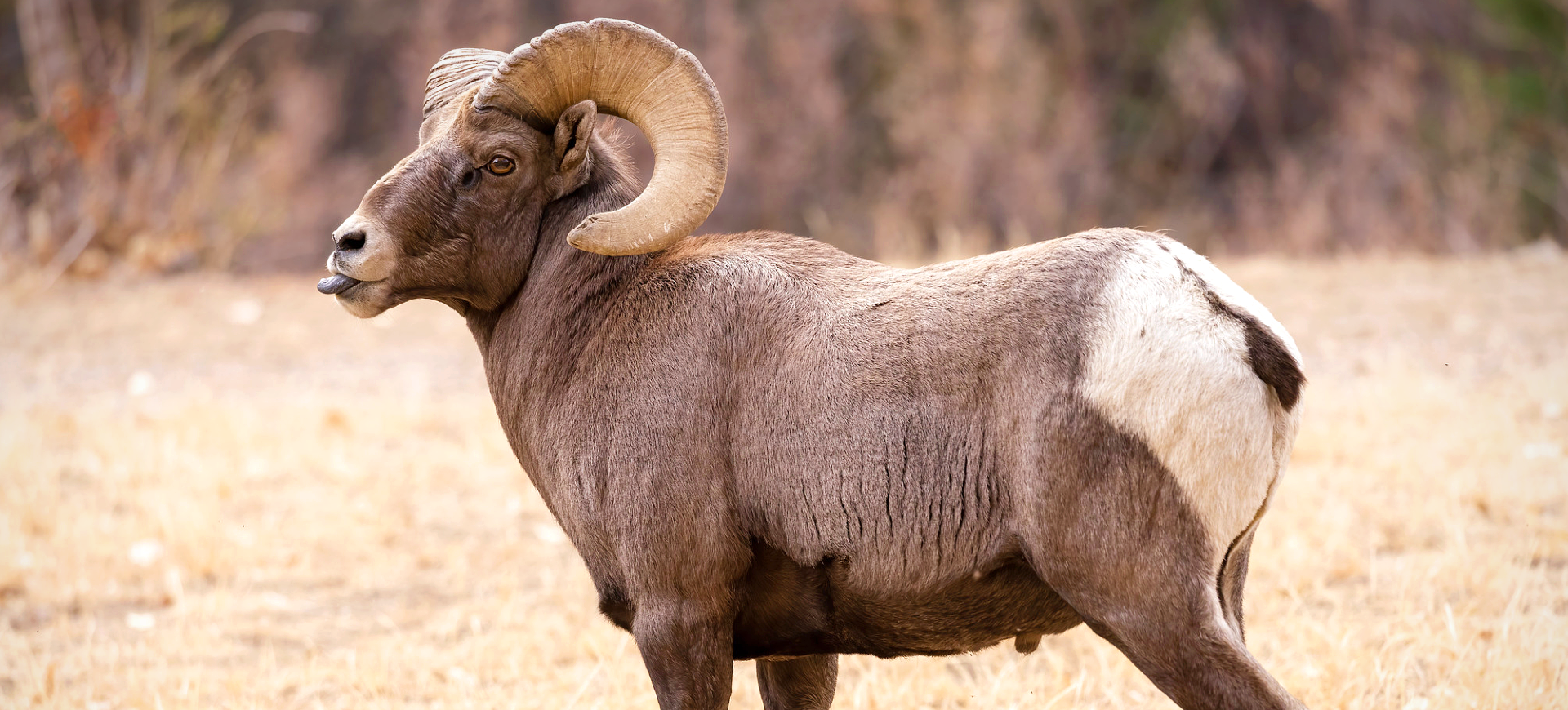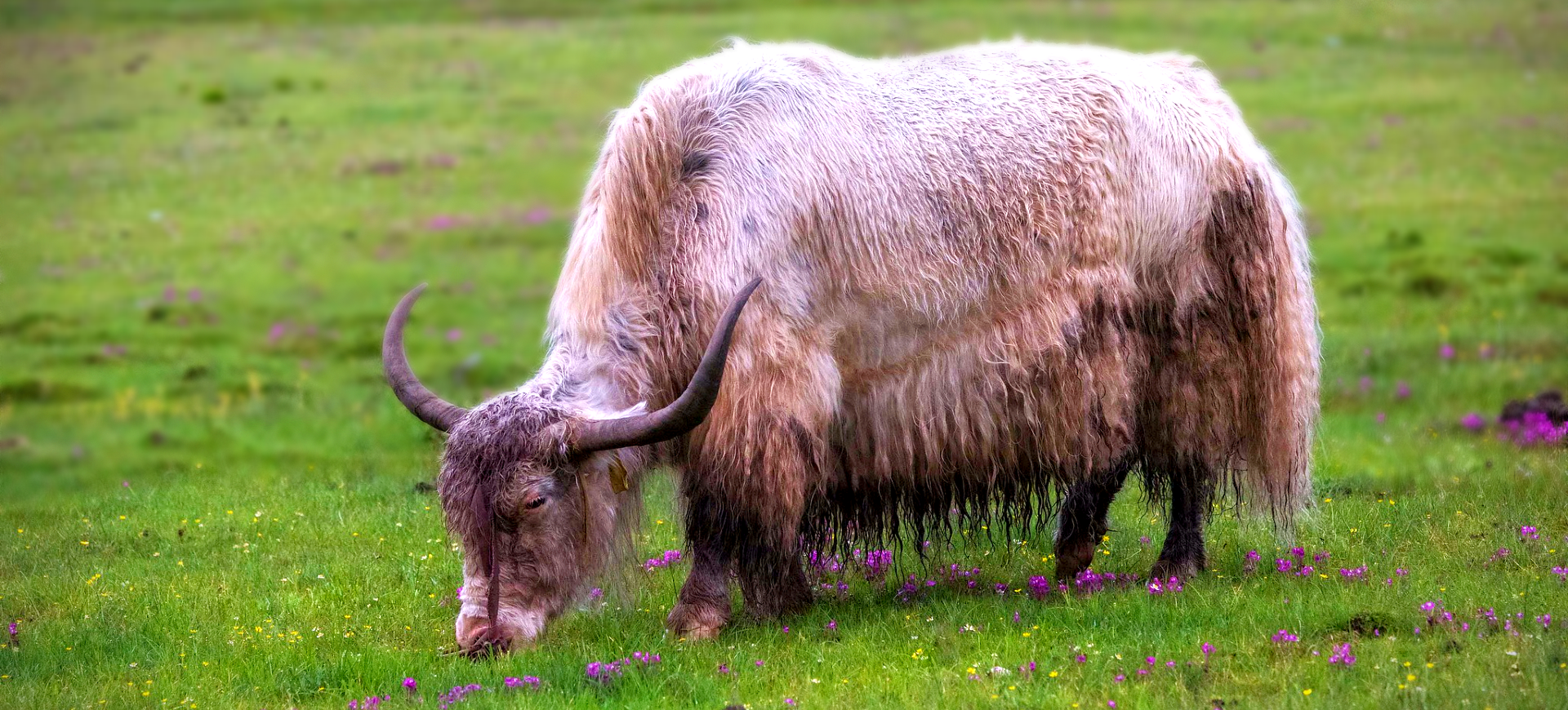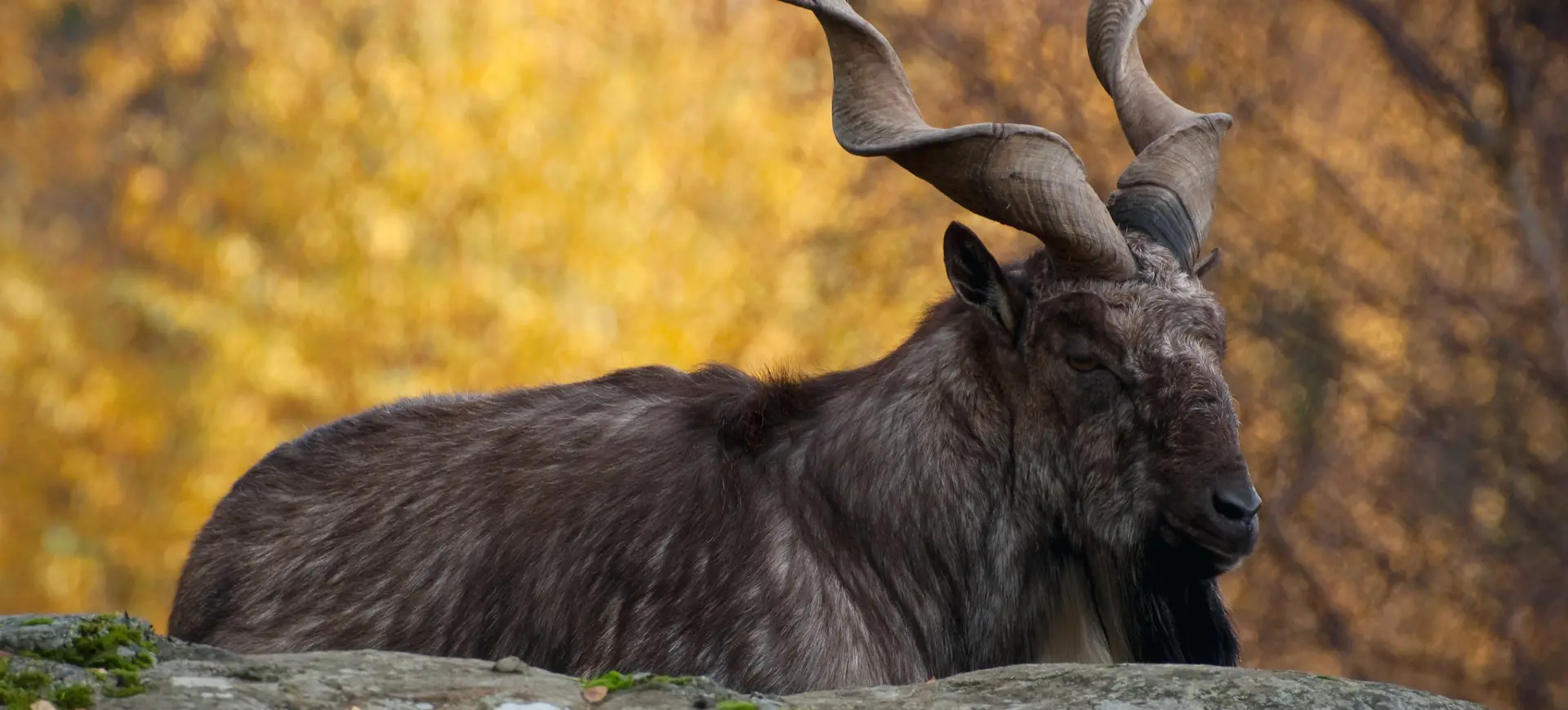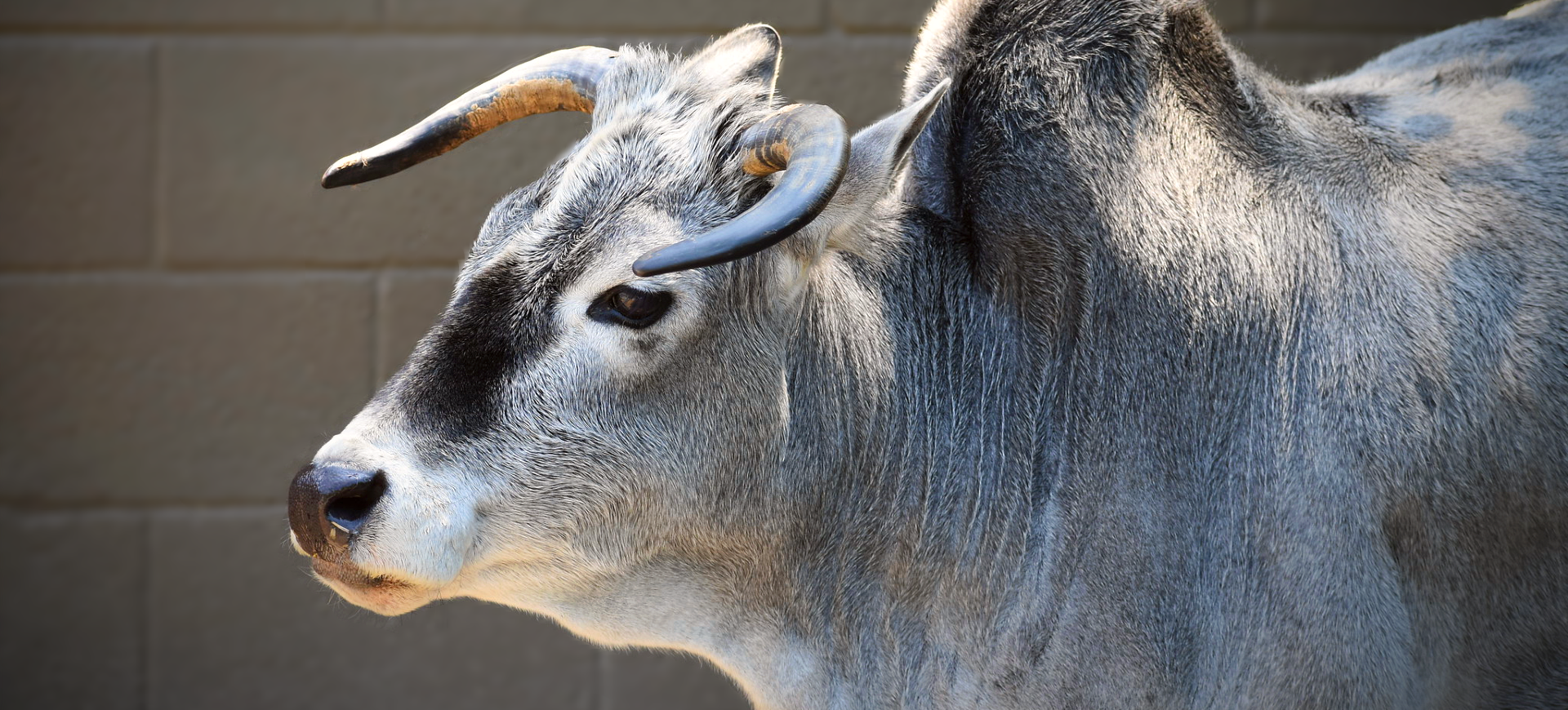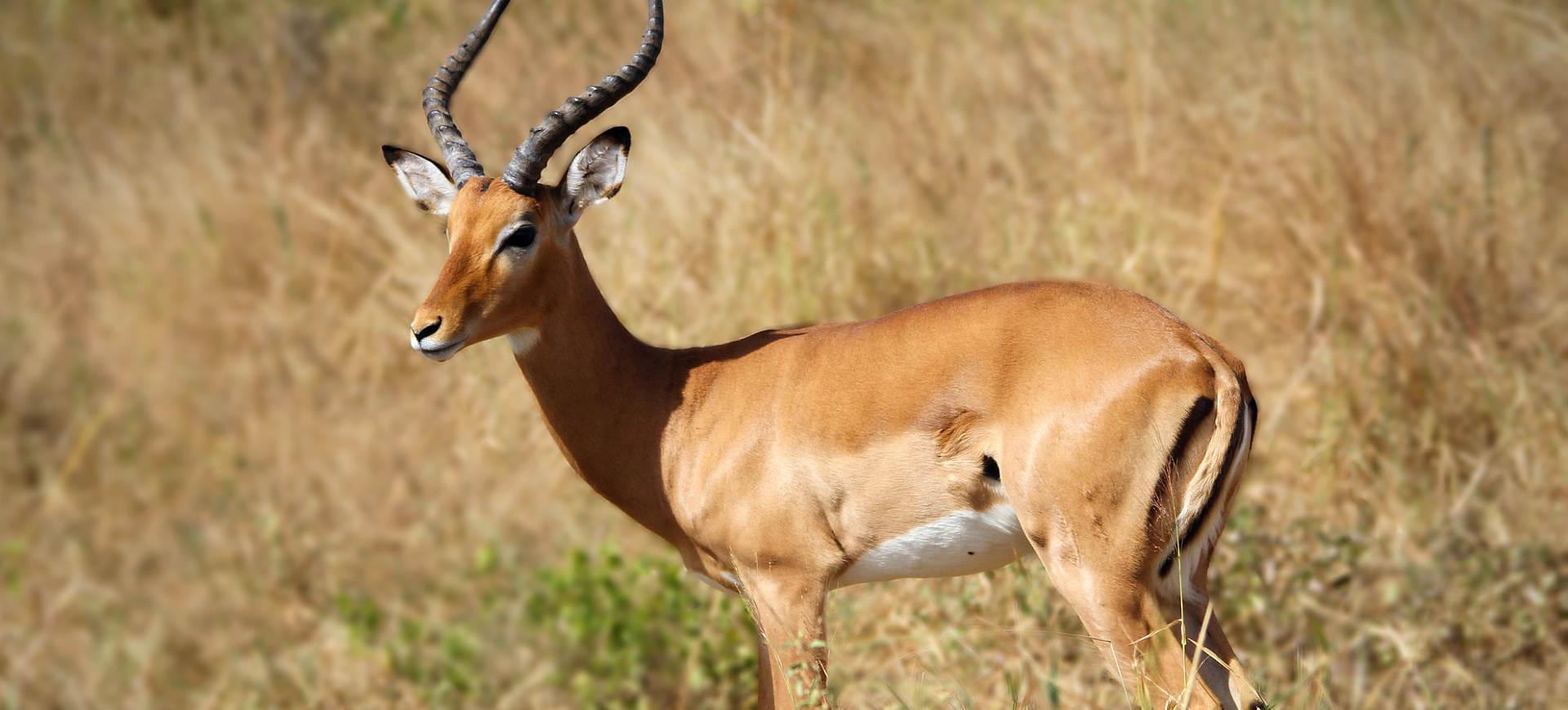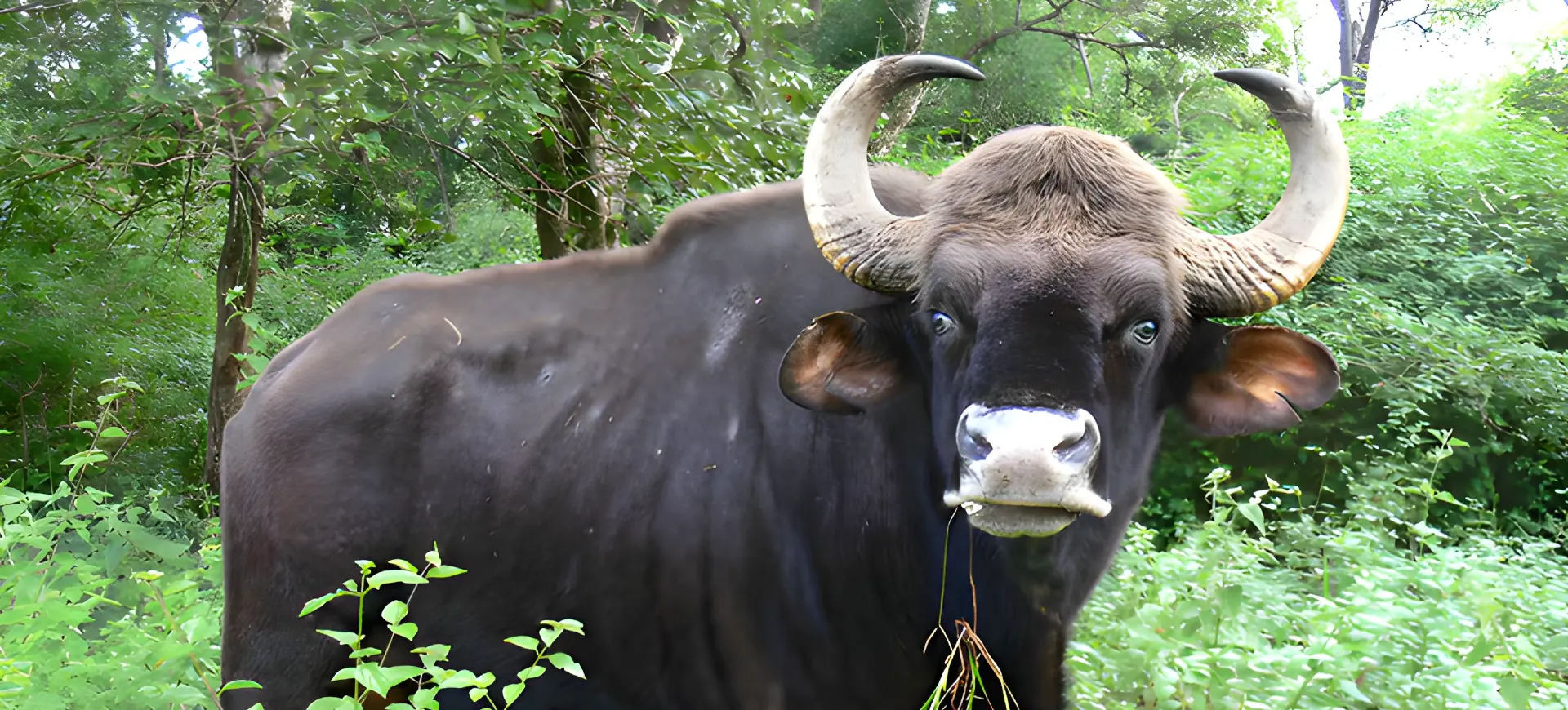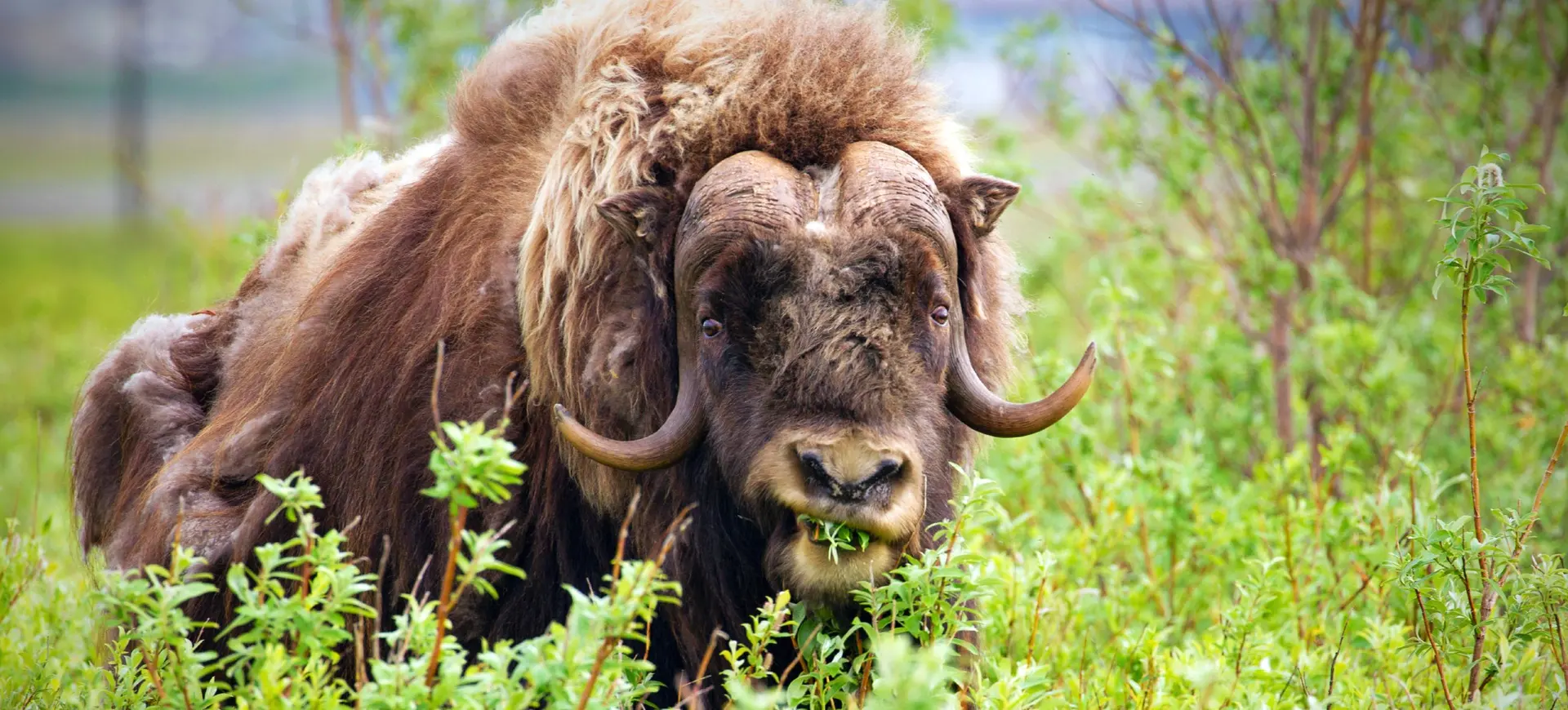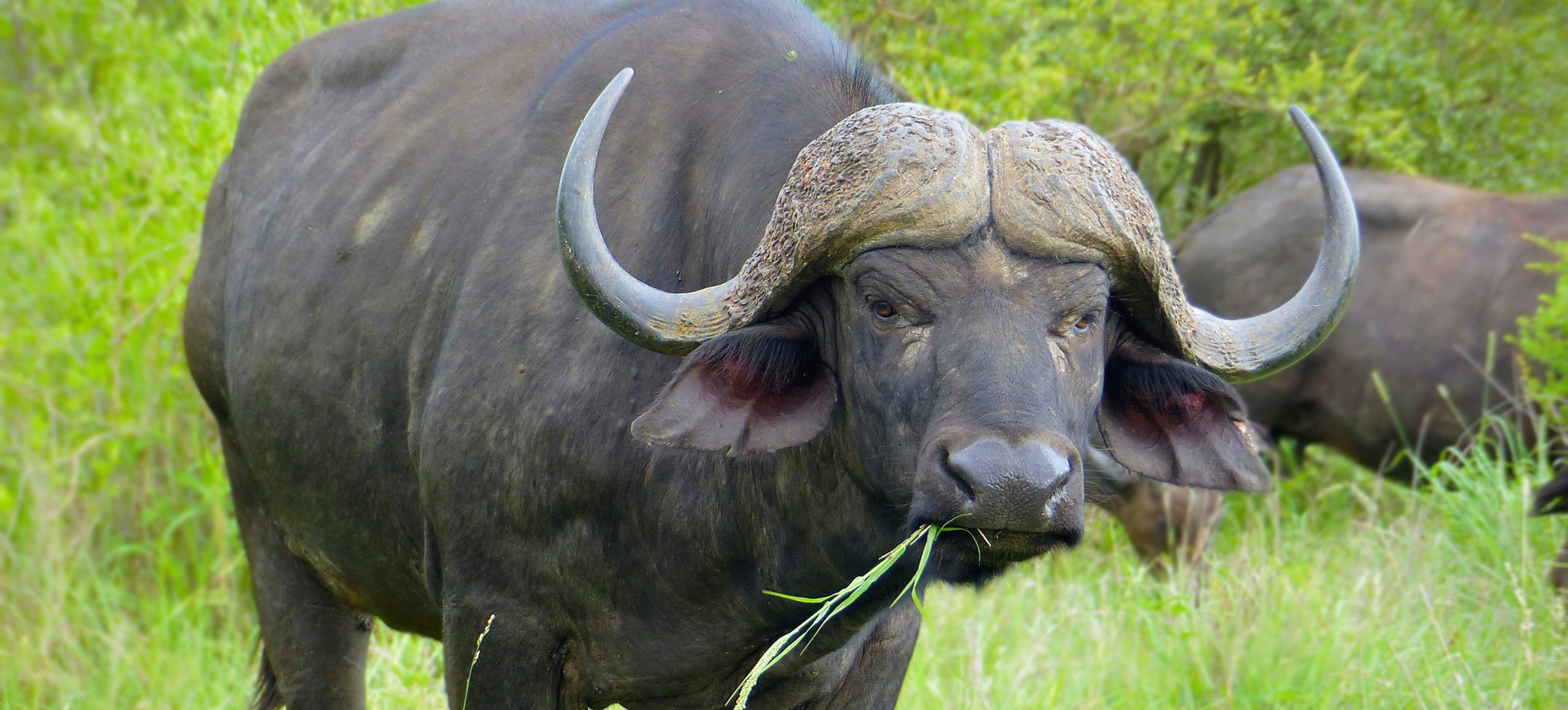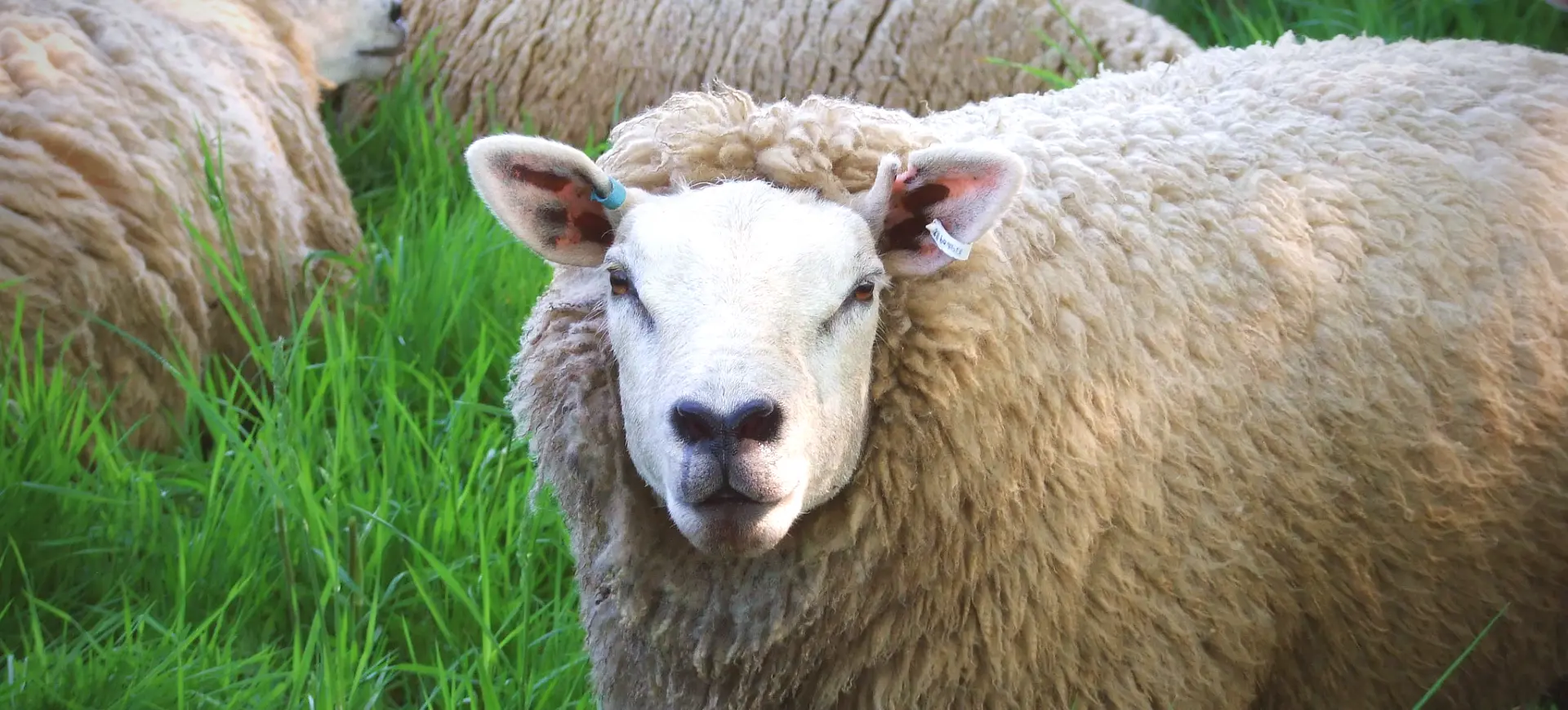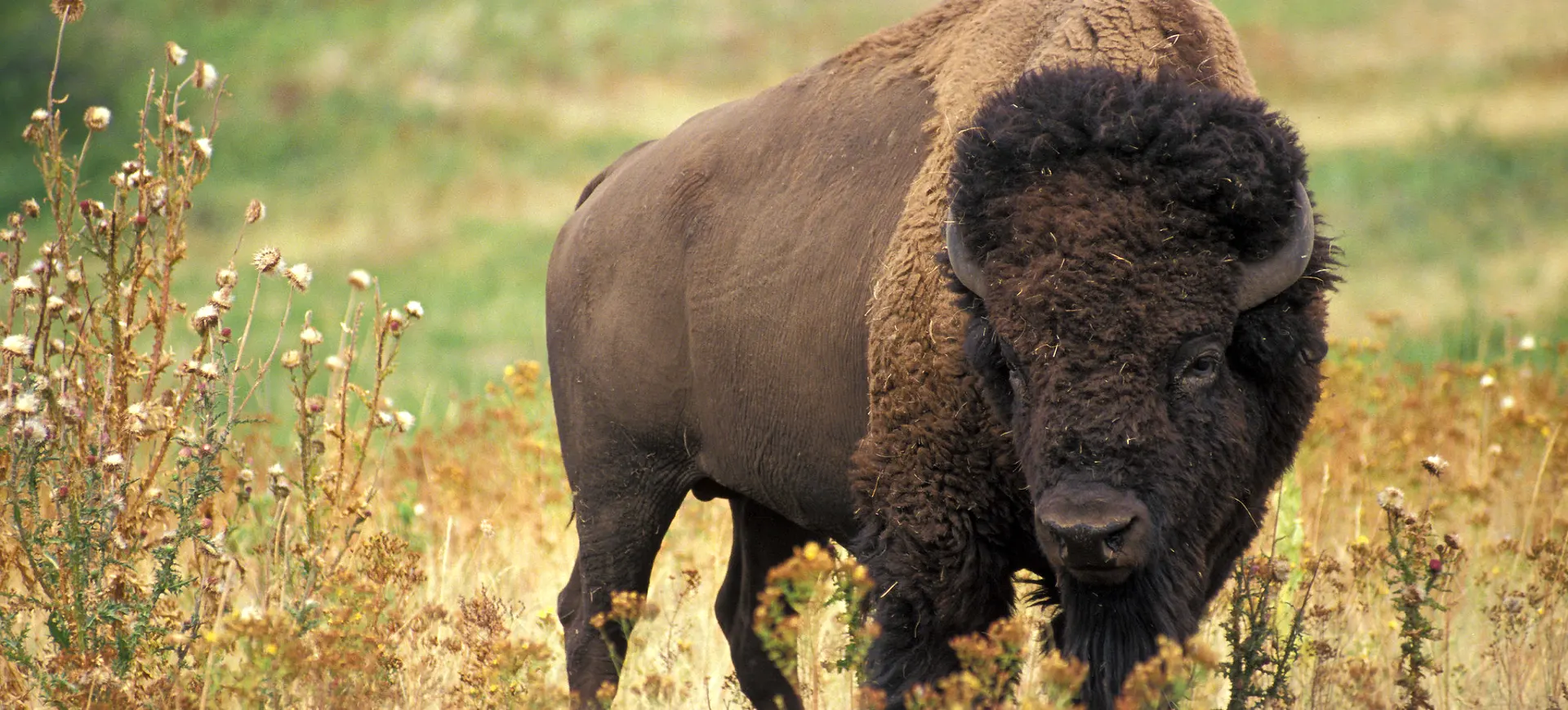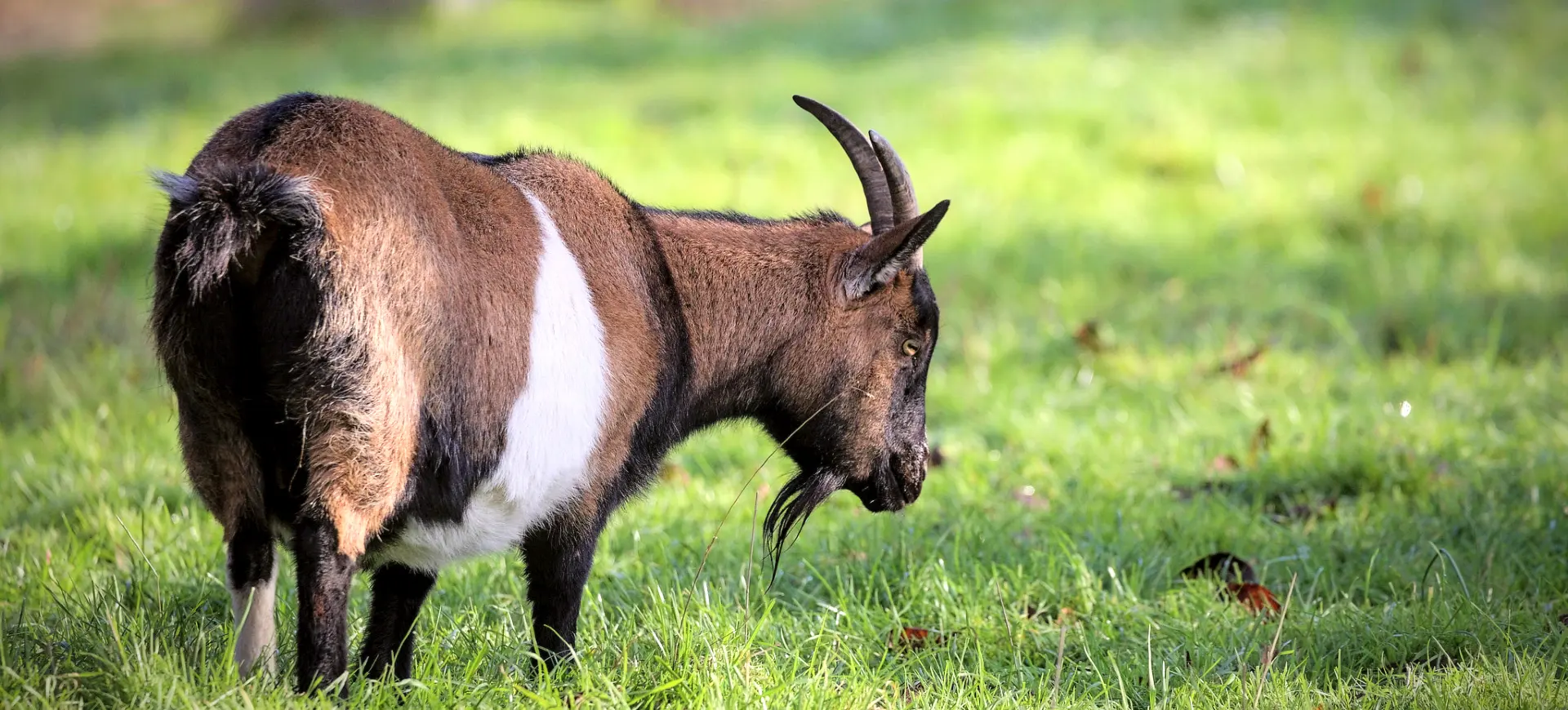Overview
The Chinese goral (Naemorhedus griseus) is a small, goat-like ungulate native to the mountainous regions of East Asia. This species is characterized by its agile climbing abilities, which are well-suited to the steep, rocky terrain it inhabits. The Chinese goral is primarily crepuscular, most active during dawn and dusk. It plays a crucial role in its ecosystem as a browser, feeding on various shrubs, grasses, and leaves.
Chinese gorals are typically found in mixed forests and rocky areas at altitudes ranging from 1,000 to 4,000 meters. They are solitary or live in small groups, usually consisting of a female and her young. Despite their relatively small size, they are well-adapted to their rugged environment, with powerful legs and sharp hooves that provide excellent grip on rocky surfaces. The species is known for its shy and elusive nature, making it difficult to observe in the wild.
The Chinese goral faces several threats in its natural habitat, including habitat loss due to deforestation and hunting for meat and fur. Conservation efforts are underway in various regions to protect this species, classified as Near Threatened on the IUCN Red List. Protecting the Chinese goral is essential for maintaining biodiversity and preserving the ecological balance in the mountainous regions where it resides.
Taxonomy
Kingdom
Phylum
Class
Order
Family
Genus
Species
Type
Current distribution:
The Chinese goral is primarily found in the mountainous regions of central and southern China, including provinces like Sichuan, Yunnan, and Hunan. Small populations are also found in northern Myanmar and northern Thailand, where they inhabit similar mountainous terrains. The species has experienced a decline in numbers across its range due to habitat loss and hunting, leading to fragmented populations. In China, some populations are now restricted to protected areas where conservation efforts are in place to prevent further decline.
Although they have a wide range, the distribution of Chinese gorals is highly fragmented, with populations isolated from each other by human activity and habitat destruction. This fragmentation poses a significant challenge to their long-term survival, as it limits genetic diversity and makes populations more vulnerable to local extinctions. In some areas, they coexist with other species of goral or small ungulates, but competition is minimized due to their preference for steep, rocky environments. Conservation programs are crucial to maintaining and connecting these fragmented populations to ensure the species' survival.
Physical Description:
The Chinese goral has a robust body covered with a dense coat of grayish-brown fur, which is lighter on the underbelly and darker along the back. Its coat helps it blend into the rocky and forested environments it inhabits, providing camouflage from predators. The goral has a short tail, small ears, and a pair of short, backward-curving horns in both males and females. These horns can grow up to 7.5 inches (19 cm) in length, making them a distinctive species feature.
Their body is muscular and compact, with strong, agile legs that allow them to easily navigate steep and rugged terrain. The Chinese goral typically weighs between 49 to 77 pounds (22 to 35 kg) and stands about 22 to 28 inches (55 to 70 cm) tall at the shoulder. Males are generally larger and heavier than females, though the sexual dimorphism is not highly pronounced. Their eyes are large and expressive, aiding their nocturnal and crepuscular activities.

Lifespan: Wild: ~15 Years || Captivity: ~20 Years

Weight: Male: 55-77 lbs (25-35 kg) || Female: 49-66 lbs (22-30 kg)

Length: Male: 42-48 in (107-122 cm) || Female: 40-46 in (102-117 cm)

Height: Male: 24-28 in (60-70 cm) || Female: 22-26 in (55-65 cm)

Top Speed: 22 mph (35 km/h)
Characteristic:
Native Habitat:
The Chinese goral is native to the mountainous regions of China, Myanmar, and Thailand, where it inhabits steep, rocky terrains often covered with dense vegetation. It prefers mixed forests and forest edges, particularly those with a combination of deciduous and coniferous trees. These habitats provide ample cover and food resources, making them ideal for the goral’s survival. The species is highly adapted to life in high altitudes, ranging from 1,000 to 4,000 meters above sea level.
During the day, Chinese gorals often rest in shaded areas or among rocks to avoid predators and the heat, becoming more active during the cooler hours of dawn and dusk. The rugged terrain not only provides food but also serves as a natural defense against predators such as leopards and wolves. The goral’s preference for inaccessible, steep slopes reduces competition with other herbivores and predators. However, this also makes them vulnerable to habitat destruction and human encroachment, significant threats to their survival.
Biomes:
Biogeographical Realms:
Continents:
Diet:
Diet & Feeding Habits:
The Chinese goral is an herbivore that primarily feeds on a variety of vegetation, including grasses, leaves, and shrubs. It has a particular preference for young shoots and tender leaves, which are rich in nutrients. During the winter months, when food is scarce, it will also feed on bark, twigs, and lichens. Its diet is well-adapted to the mountainous regions it inhabits, where it often forages in steep, rocky areas.
They are selective feeders, often choosing the most nutritious parts of the plant, which helps them maintain their energy levels in their challenging habitat. The Chinese goral’s feeding habits play a crucial role in their ecosystem by controlling certain plant species’ growth and contributing to their habitat’s overall health. They have a ruminant digestive system, which allows them to efficiently process the fibrous plant material they consume. This ability to digest a wide range of plant materials makes them highly adaptable to the seasonal variations in food availability.
Mating Behavior:
Mating Description:
Chinese gorals have a polygynous mating system, where dominant males mate with multiple females during the breeding season. The mating season typically occurs from October to December, with males becoming more territorial and aggressive as they compete for access to females. After a gestation period of about 6 to 7 months, females give birth to a single offspring, known as a kid. The young are born in secluded, rocky areas hidden from predators.
After birth, the mother stays close to her offspring, nursing it for several months until it can feed on solid food. The kid grows rapidly and, by age one, is almost fully grown and capable of fending for itself. The protective behavior of the mother is crucial during the early stages of the kid’s life, as young gorals are vulnerable to predation. Males do not participate in the young rearing and generally move on after the mating season.
Reproduction Season:
Birth Type:
Pregnancy Duration:
Female Name:
Male Name:
Baby Name:
Social Structure Description:
The Chinese goral is generally solitary, although small groups of a female and her offspring can sometimes be observed. During the breeding season, males become more territorial and may be seen defending their territory against rivals. Outside of the breeding season, gorals tend to be less aggressive and avoid interaction with other individuals, except for mothers with young. The species is crepuscular, meaning it is most active at dawn and dusk when it forages for food.
Social interactions are limited, and encounters between individuals outside the breeding season are rare. This solitary behavior is likely an adaptation to their mountainous environment, where food resources can be sparse, and competition needs to be minimized. Vocalizations are used to communicate between mothers and their offspring and to warn of predators. The strong bond between a mother and her offspring is crucial for the survival of the young during the early stages of life.
Groups:
Conservation Status:
Population Trend:
The population of Chinese gorals is estimated to be in the low thousands, and it is declining due to various anthropogenic pressures. These pressures include habitat loss, hunting, and human encroachment, leading to their populations’ fragmentation. The largest populations are found in protected areas, but even these are under threat from illegal hunting and habitat degradation. In many regions, the species is now restricted to small, isolated pockets, increasing the risk of local extinctions.
Captive breeding programs have been established in several countries to help bolster the wild population, but the success of these efforts is limited by the difficulty of reintroducing captive-bred individuals into the wild. The fragmentation of wild populations also presents challenges for maintaining genetic diversity, which is crucial for the species’ long-term survival. Conservationists are working to create wildlife corridors to connect isolated populations, which would help improve genetic exchange and reduce the risk of inbreeding. Continued conservation efforts are essential to prevent the Chinese goral from slipping into more critical levels of endangerment.
Population Threats:
The primary threat to the Chinese goral is habitat loss due to deforestation and agricultural expansion, which has significantly reduced the availability of suitable habitats. This habitat loss is exacerbated by human encroachment and infrastructure development, further fragmenting their already limited range. Hunting for meat, fur, and traditional medicine is another major threat, particularly in areas where enforcement of wildlife protection laws is weak. The species’ shy and elusive nature makes it difficult to monitor populations, further complicating conservation efforts.
In addition to these direct threats, climate change poses a long-term risk to the goral’s habitat, particularly as changing temperatures and precipitation patterns could alter food availability and suitable habitats. The impact of climate change may also exacerbate other threats, such as habitat loss and fragmentation, making it increasingly difficult for the species to survive in the wild. Competition with livestock for grazing areas is another issue, particularly in regions where domestic animals can roam freely in goral habitats. Conservation measures that address direct and indirect threats are critical for the species’ survival.
Conservation Efforts:
Several conservation initiatives are in place to protect the Chinese goral, including habitat protection and restoration efforts in key regions. Protected areas have been established in China, Myanmar, and Thailand, where significant species populations are found. These areas are crucial for providing safe habitats free from hunting and human encroachment. Additionally, captive breeding programs in zoos and conservation facilities aim to increase the population of Chinese gorals and, if possible, reintroduce them into the wild.
Efforts to raise awareness about the species and its threats are also ongoing, particularly in regions where hunting and habitat destruction are prevalent. Education programs targeted at local communities help to reduce hunting pressures and promote the importance of biodiversity conservation. International collaborations between conservation organizations and governments are also crucial in coordinating efforts to protect the species across its range. Continued research and monitoring are essential to assess the effectiveness of these conservation strategies and to adapt them as needed to ensure the long-term survival of the Chinese goral.
Additional Resources:
Fun Facts
- The Chinese goral is an excellent climber, easily navigating steep, rocky terrain.
- Both males and females have horns used for defense and during territorial disputes.
- The species is most active during dawn and dusk, a behavior known as crepuscular activity.
- The goral’s dense fur helps it survive in the cold, high-altitude environments it inhabits.
- They have a unique vocalization that sounds like a sneeze, which they use as an alarm call.
- Despite their elusive nature, Chinese gorals are sometimes spotted near human settlements in search of food.
- The goral’s hooves are specially adapted to grip onto rocks, making them agile and sure-footed climbers.
- Chinese gorals play a crucial role in their ecosystem by helping to control vegetation growth.
- They can leap great distances to escape predators or move quickly across difficult terrain.
- The species is named after the gray coloration of its fur, which provides camouflage in its rocky habitat.


